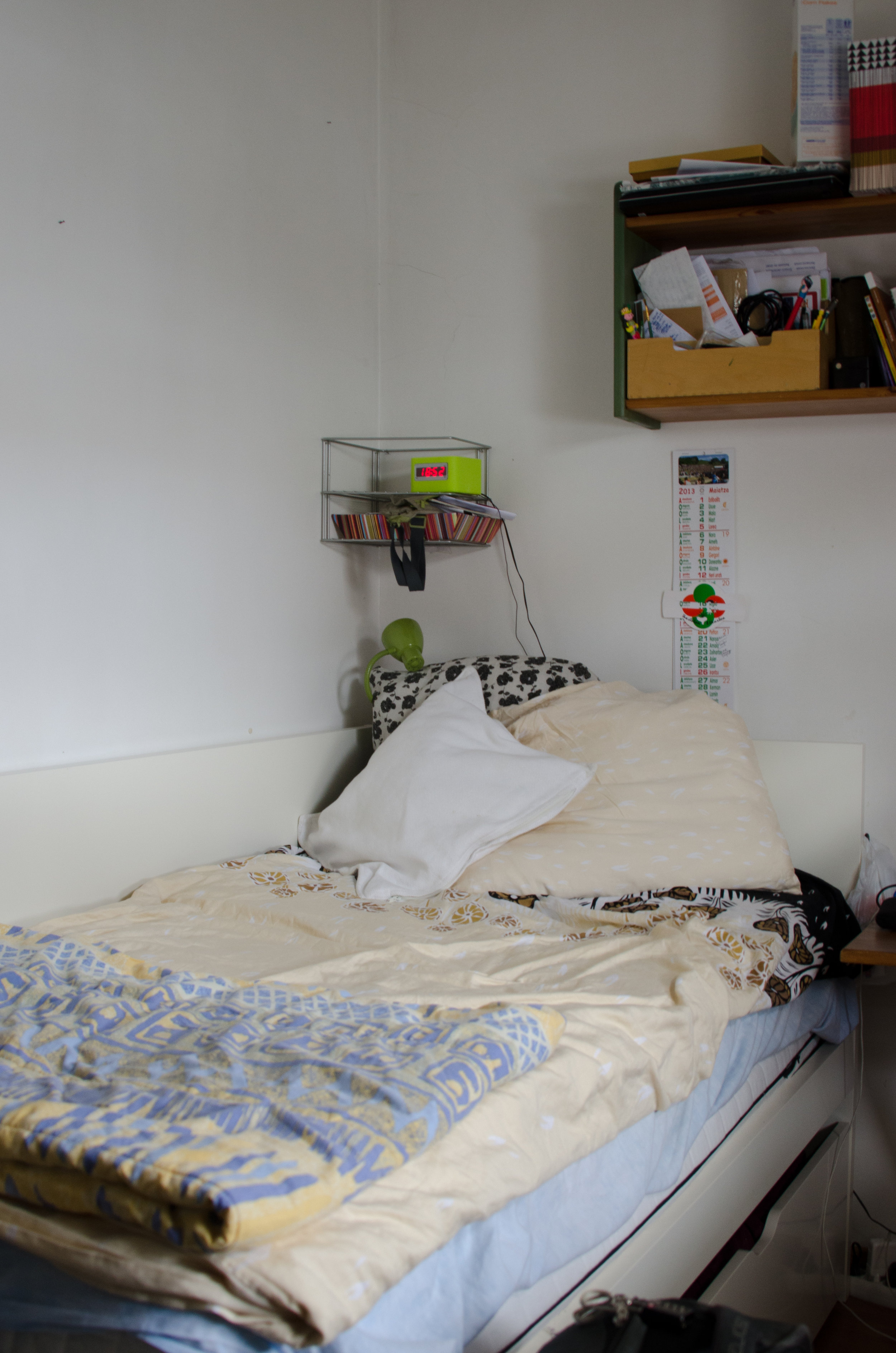We were supposed to go to the Louvre. Until we discovered the Lion Entrance was closed for the day, and we became apprehensive of the long line through the Pyramid Entrance… so we headed to Museé D’Orsay instead. “What’s in the Museé D’Orsay?” Andrew asked. “Some Degas… a lot of impressionists, but the best part of the museum is the building itself. It’s in an old train station!” I explained, as we walked across the bridge. Afterwards, we strolled through the infamous (thanks to Rick Steves?) Rue Cler and then sat in front of the Eiffel Tower until the wind picked up and it began to rain, signaling it was time for us to head home!
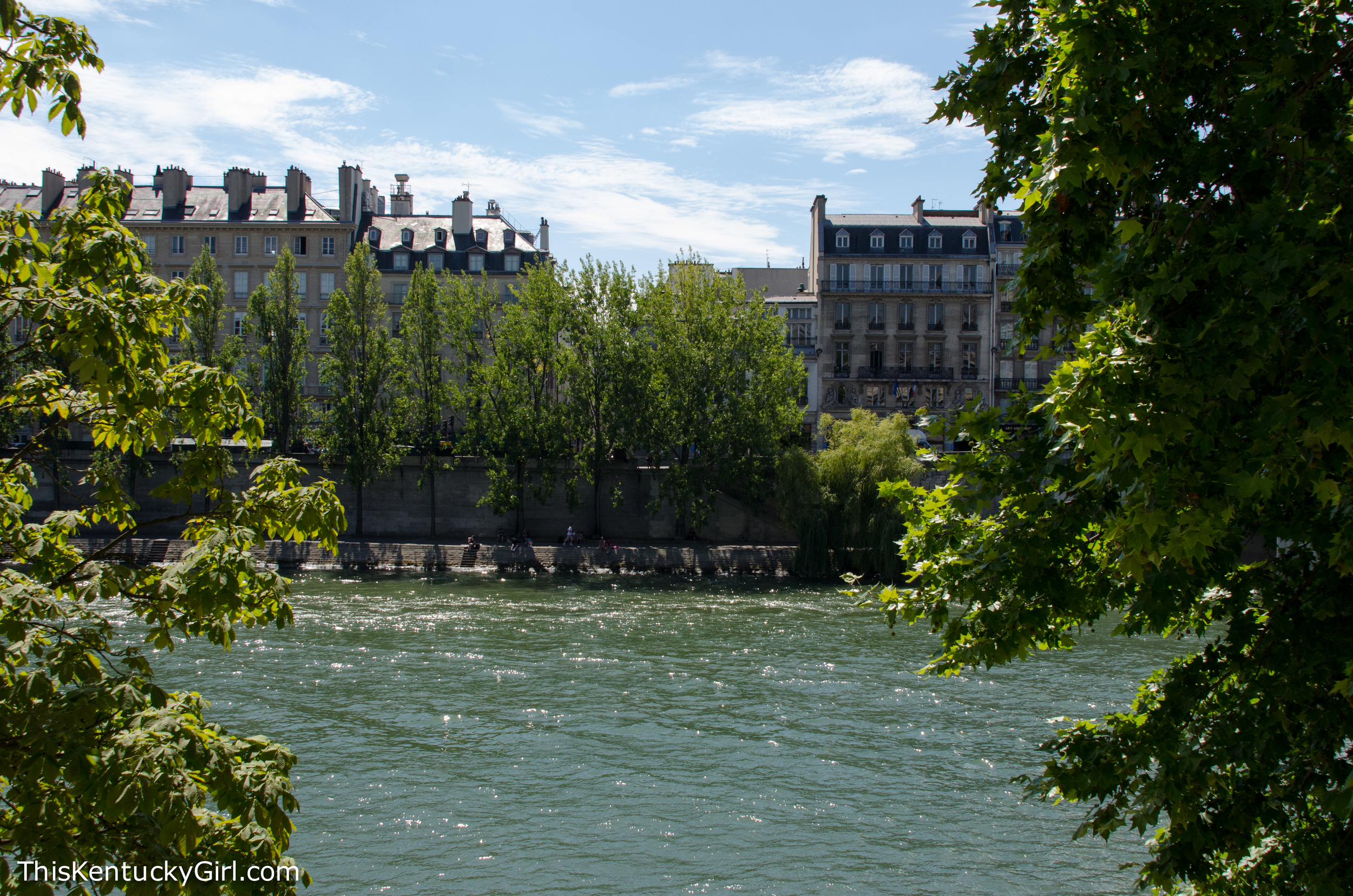
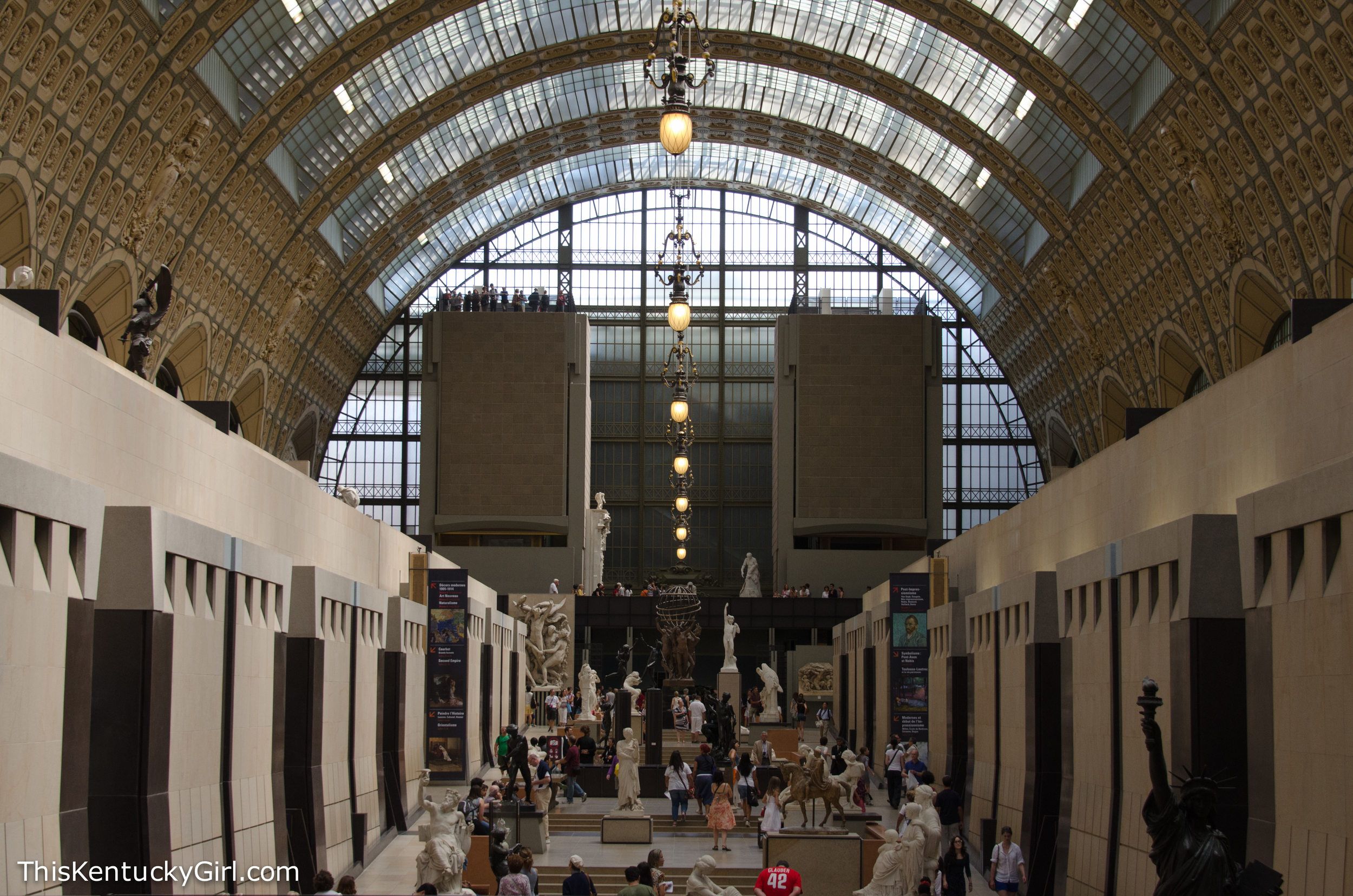
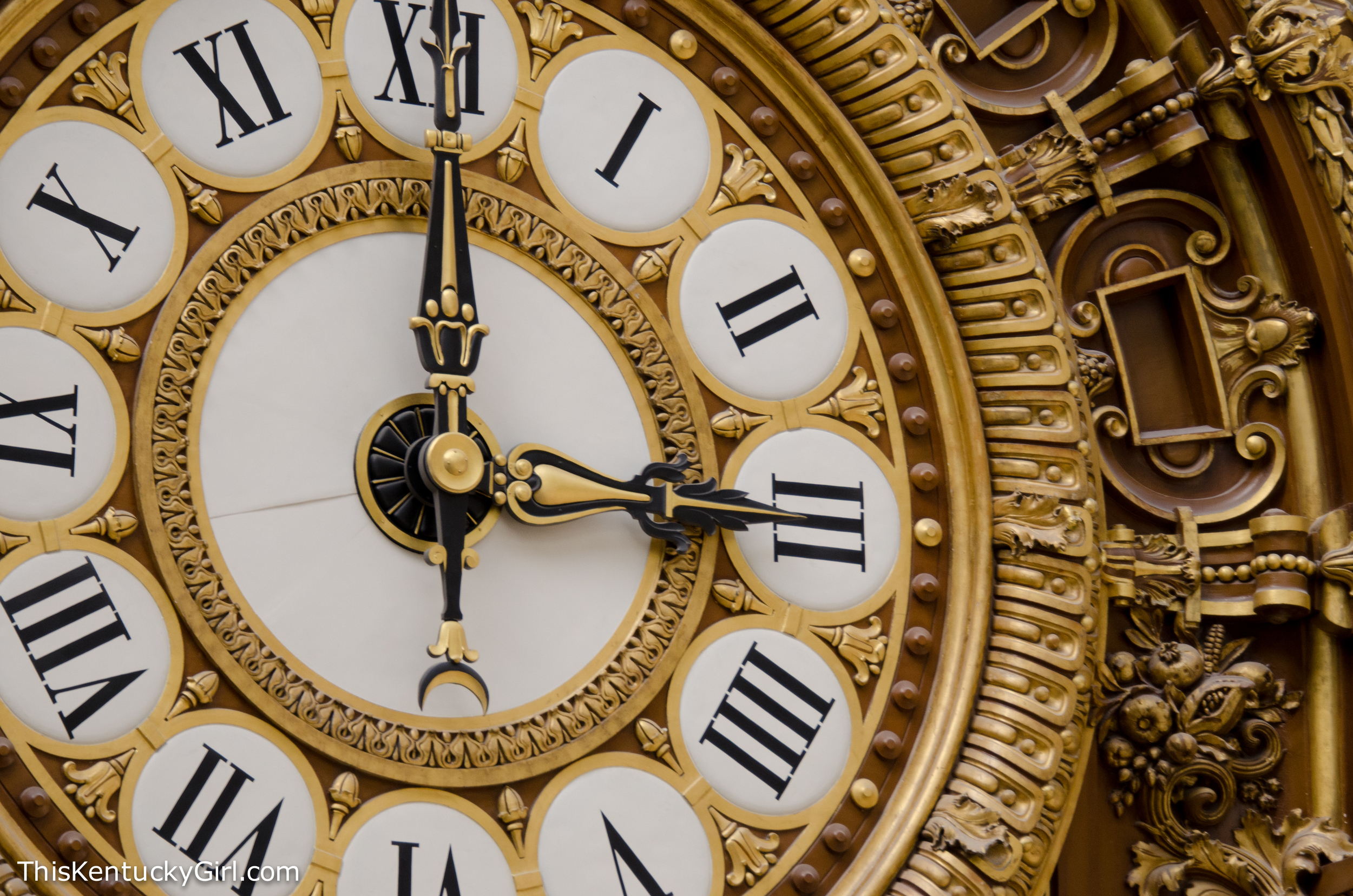
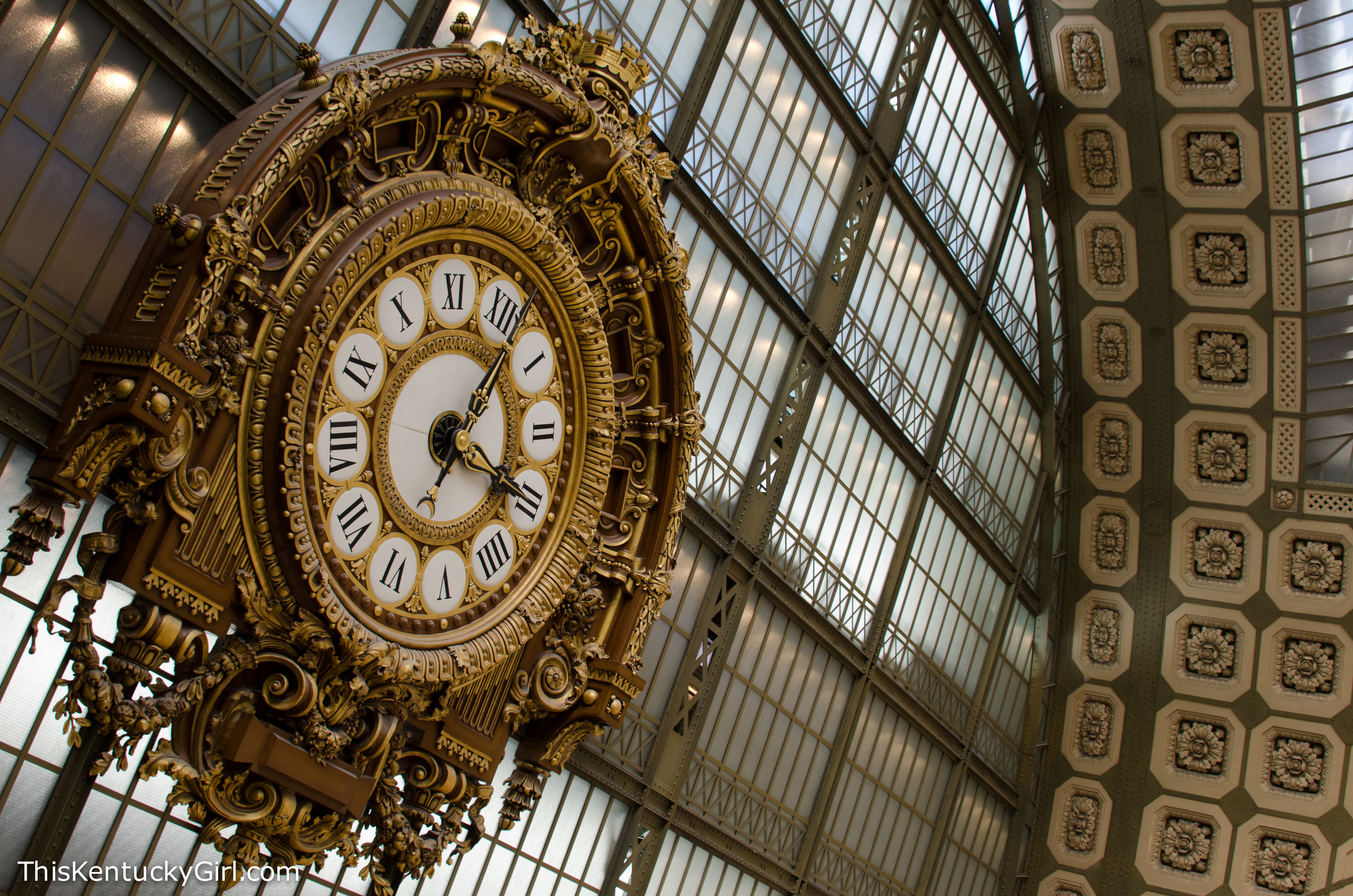
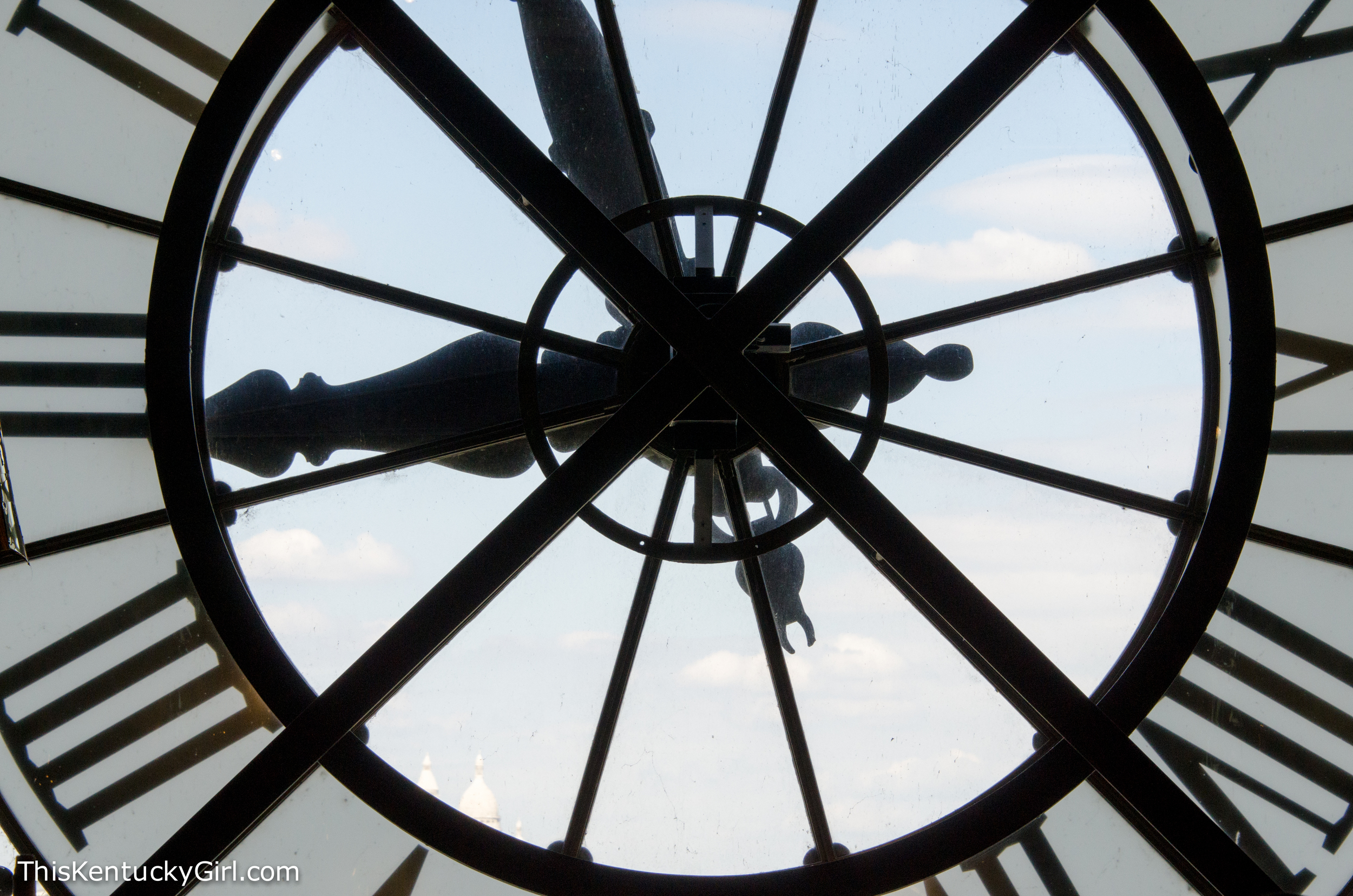
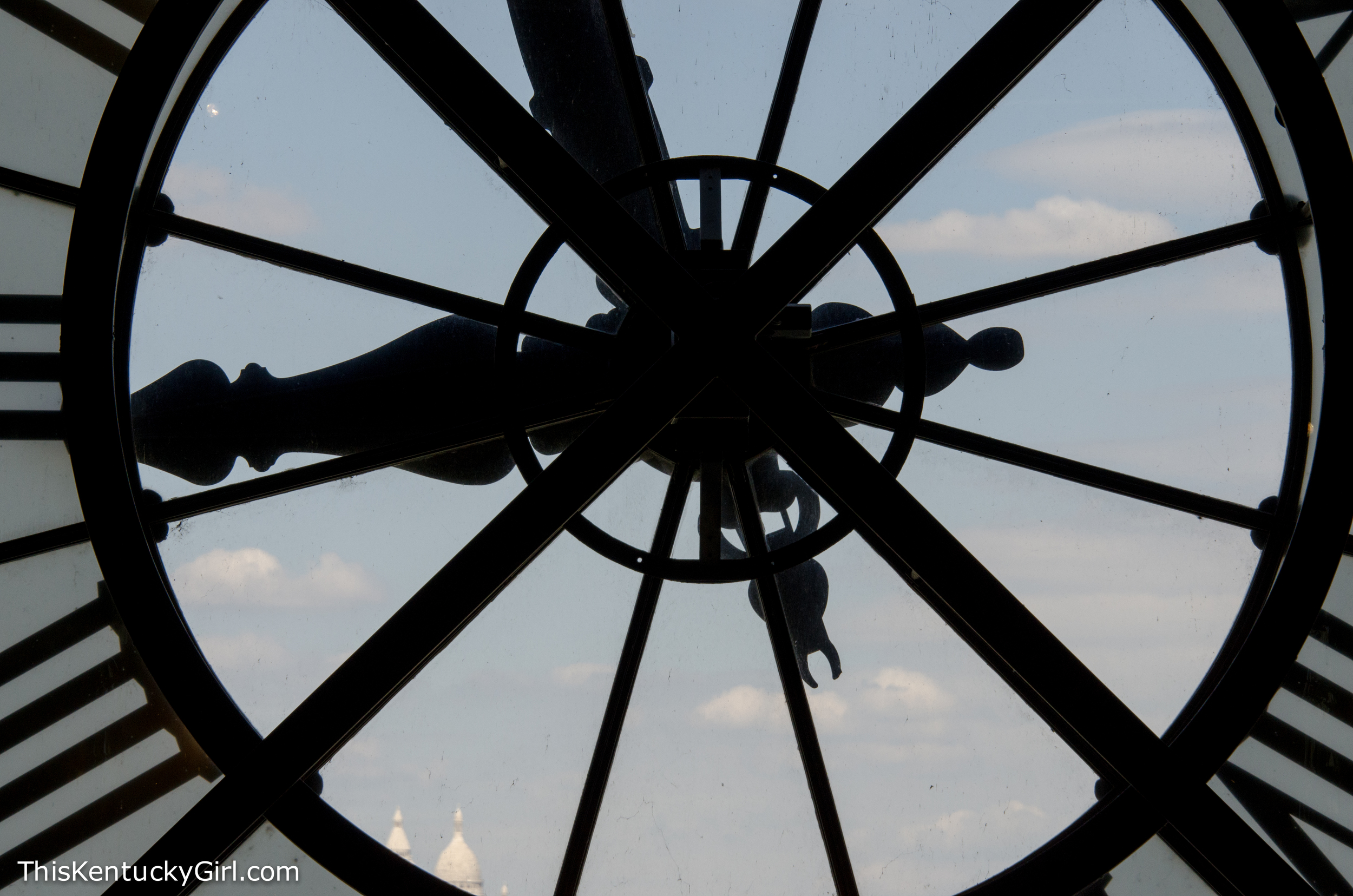
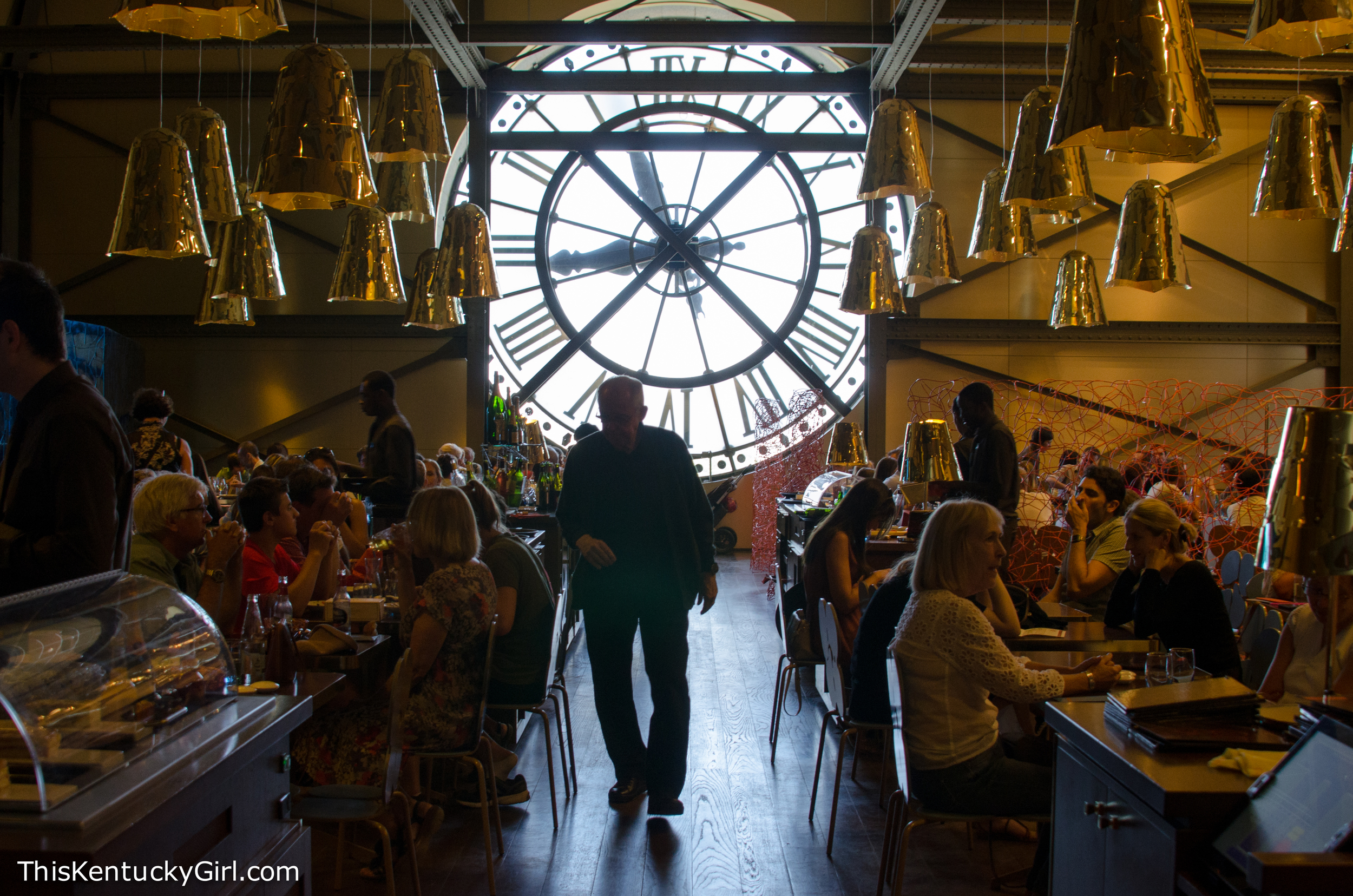
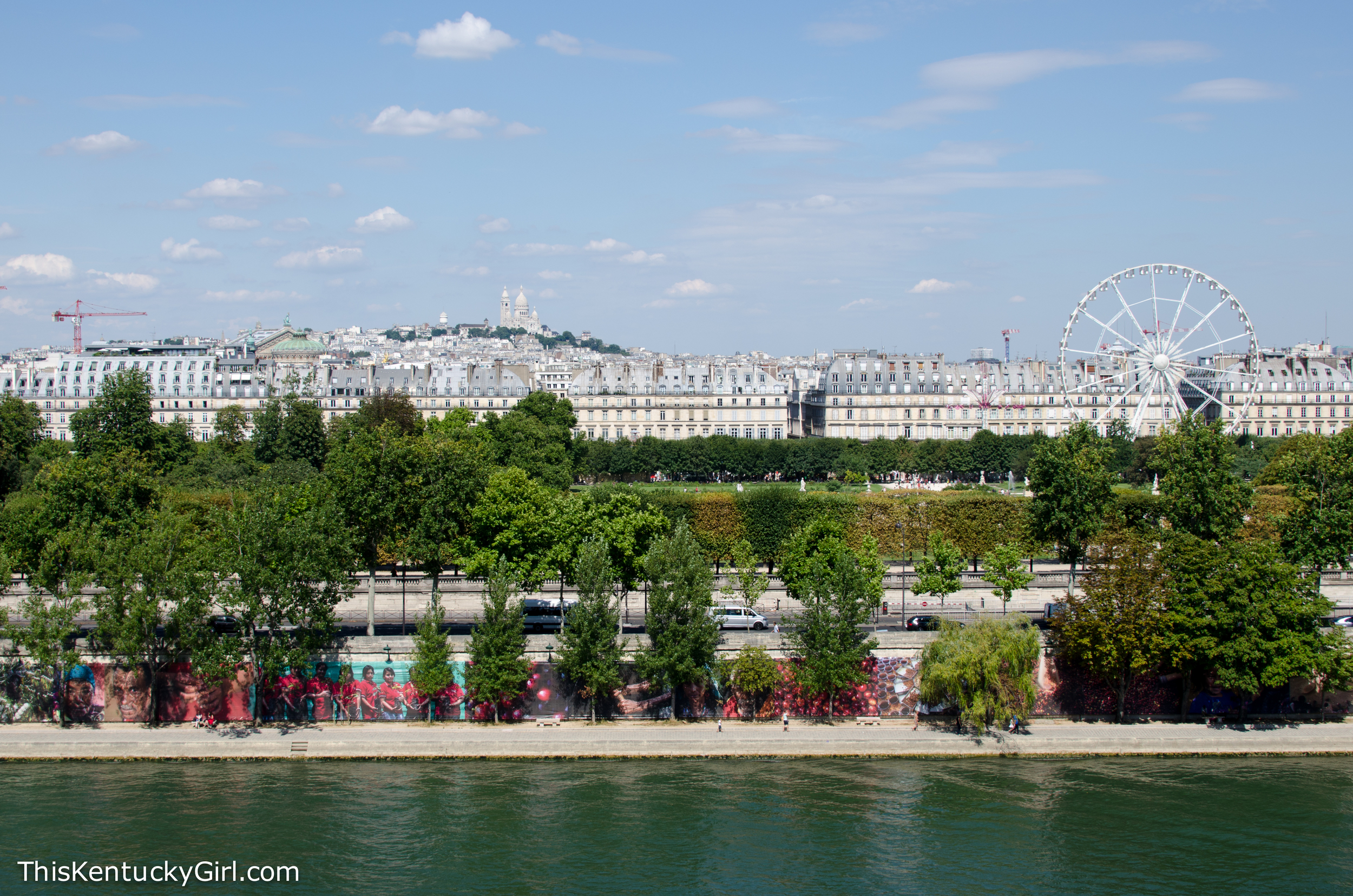

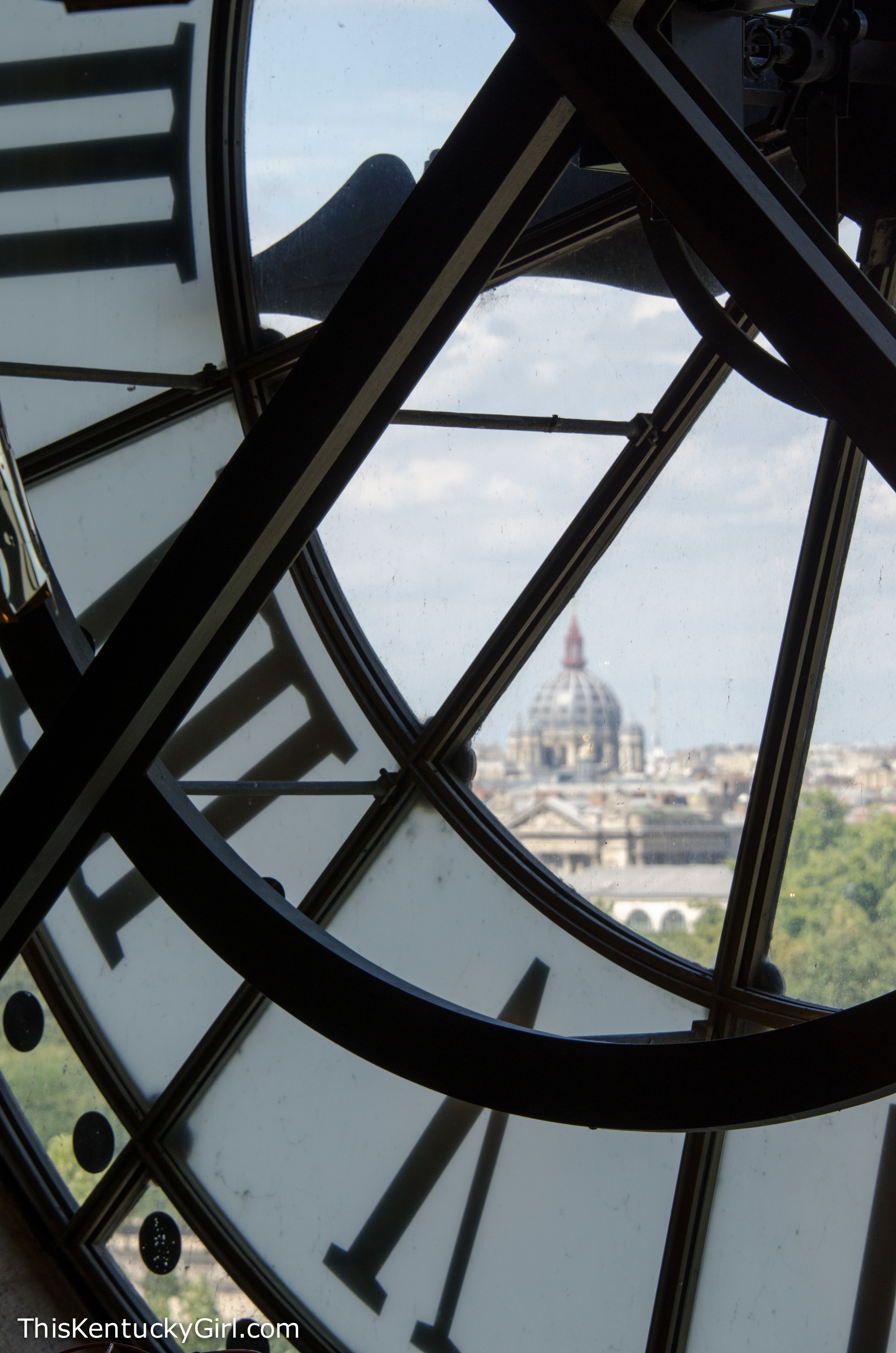

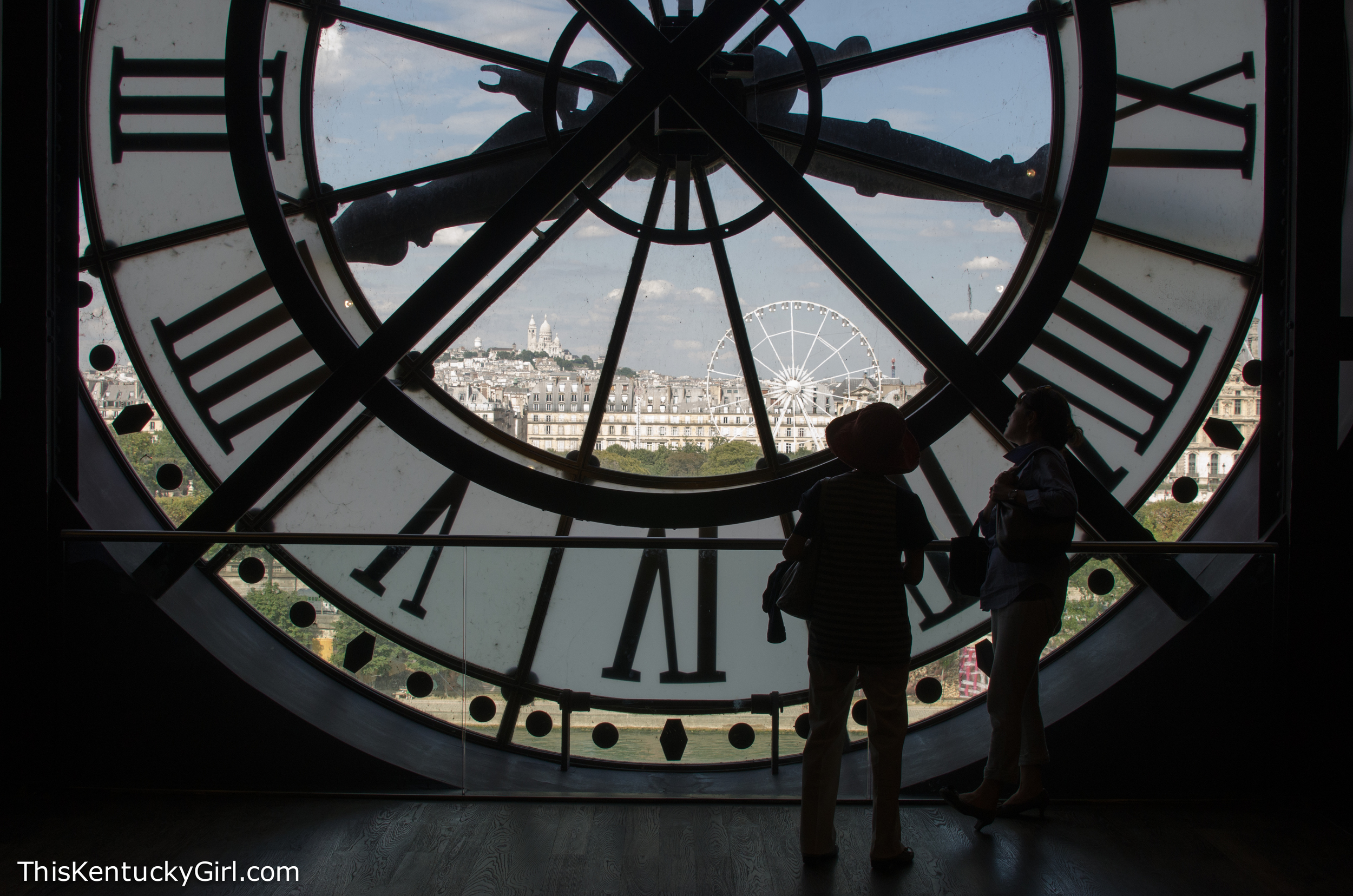


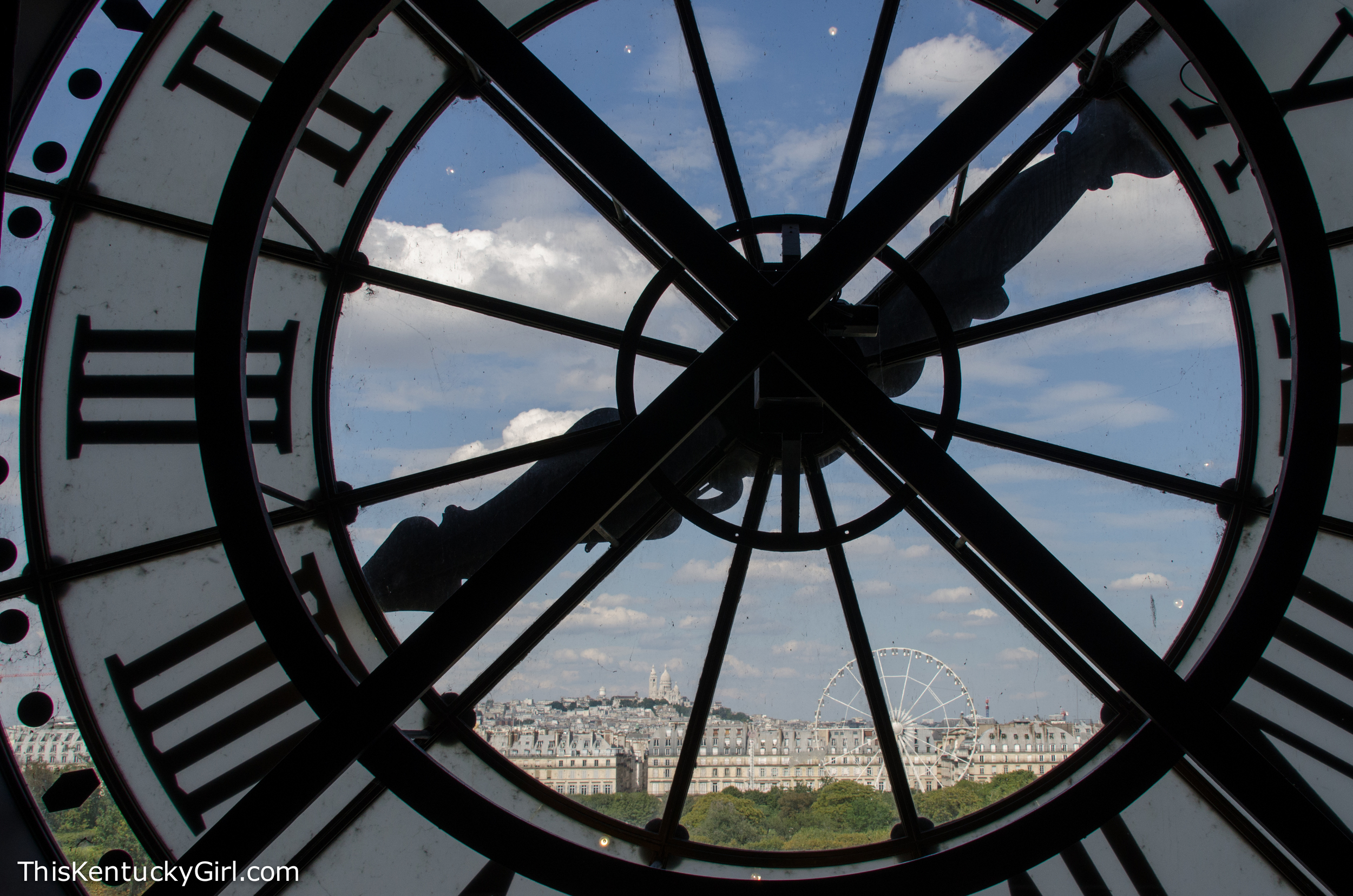
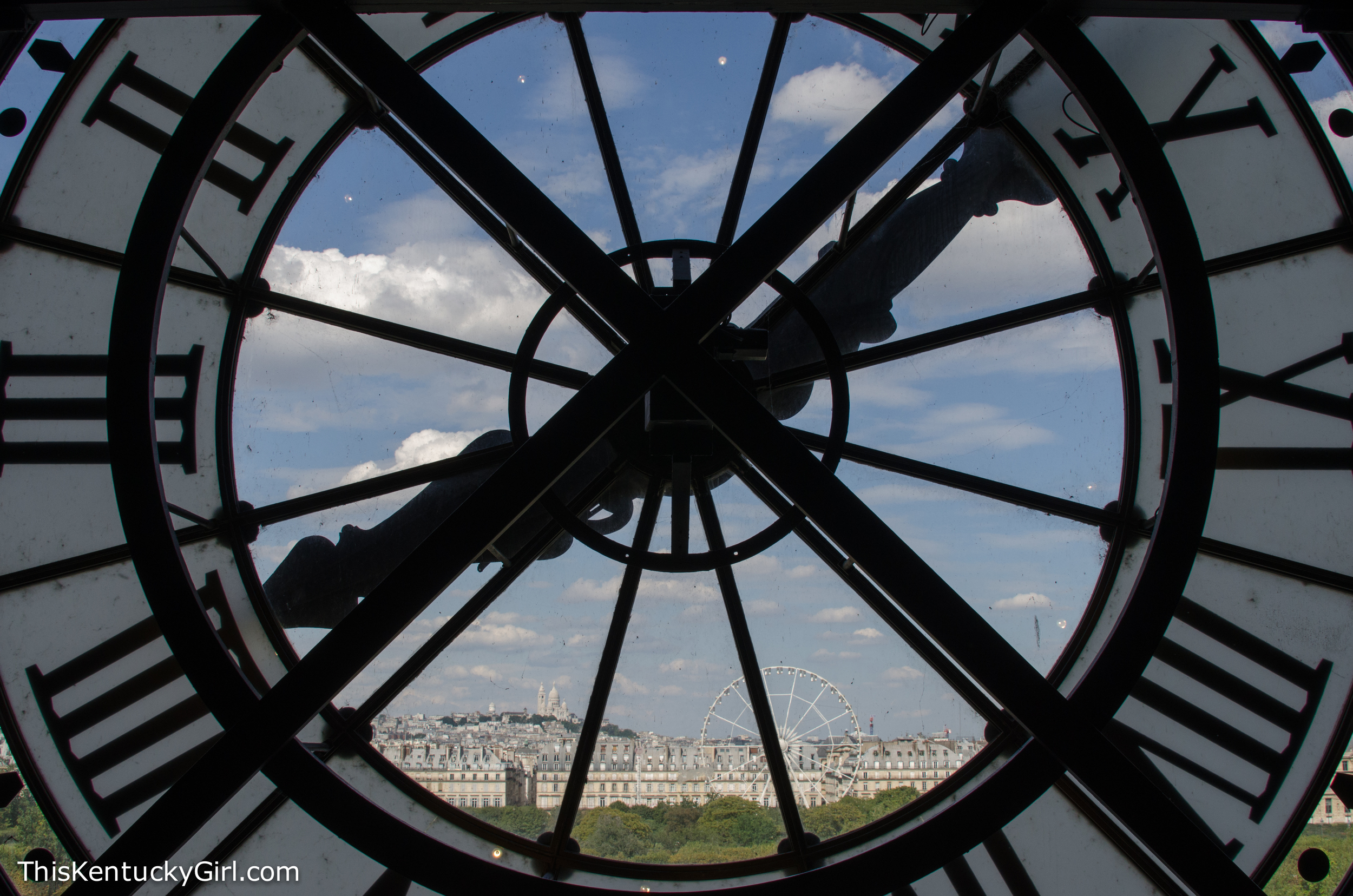
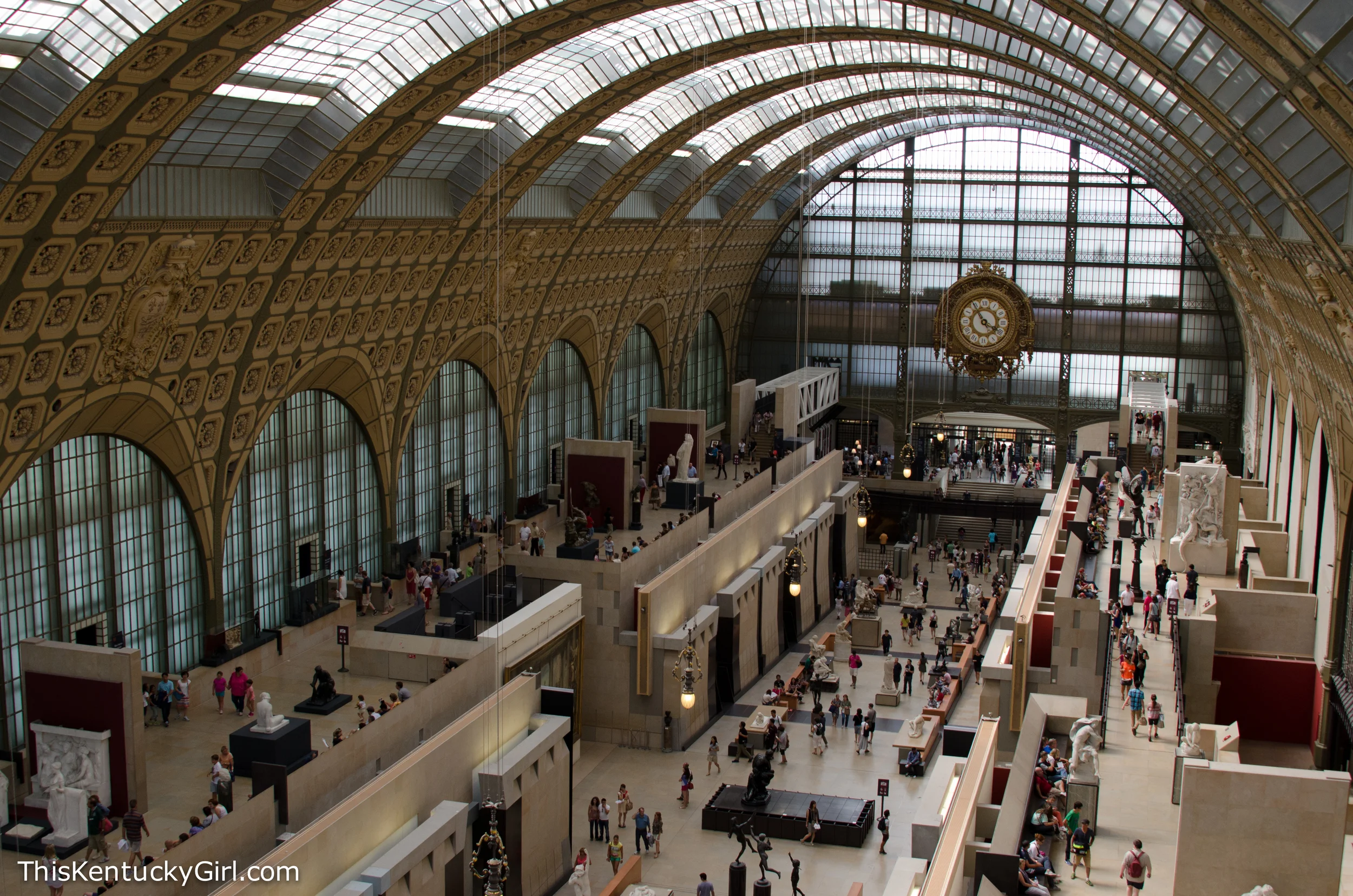
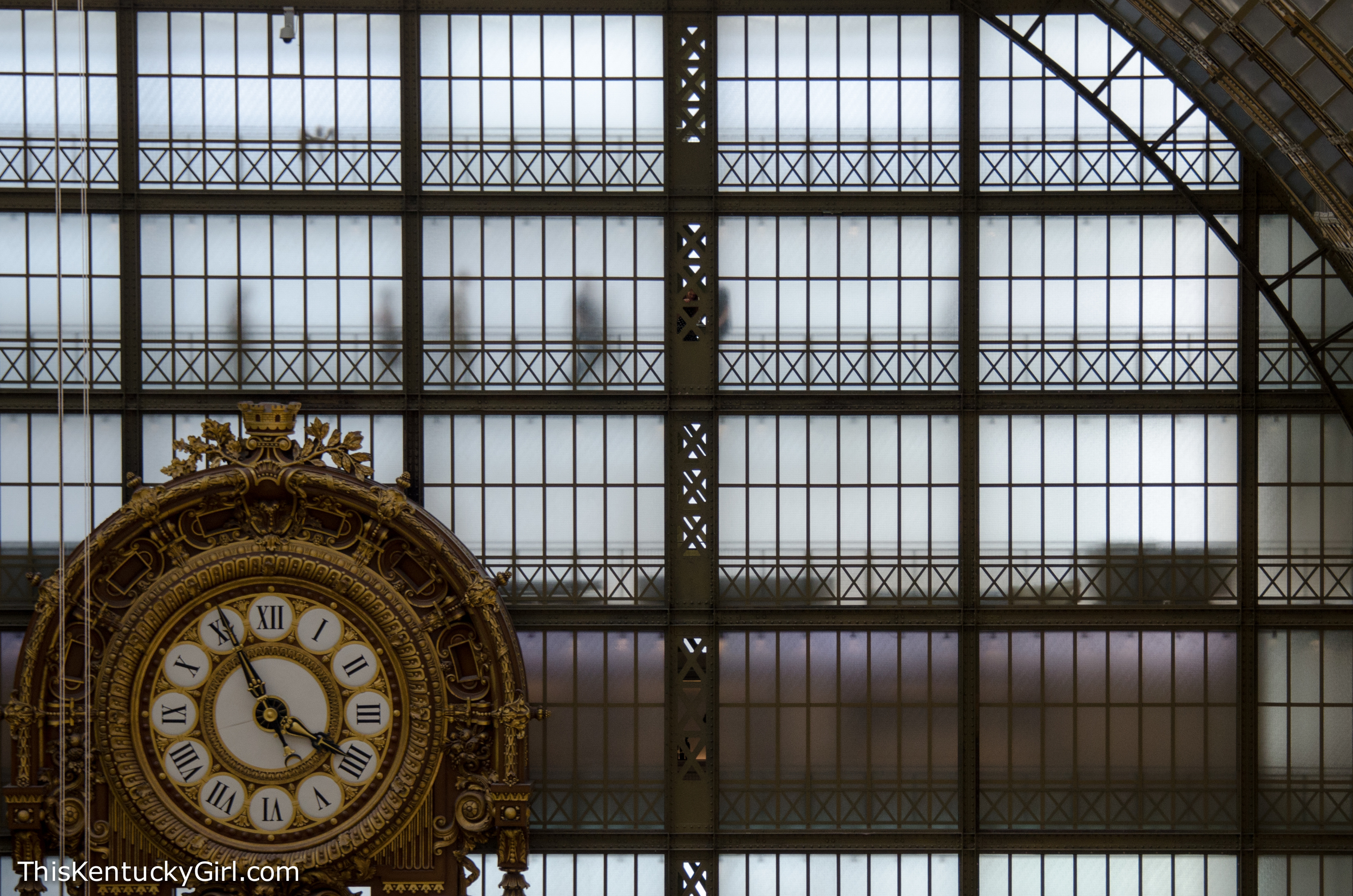
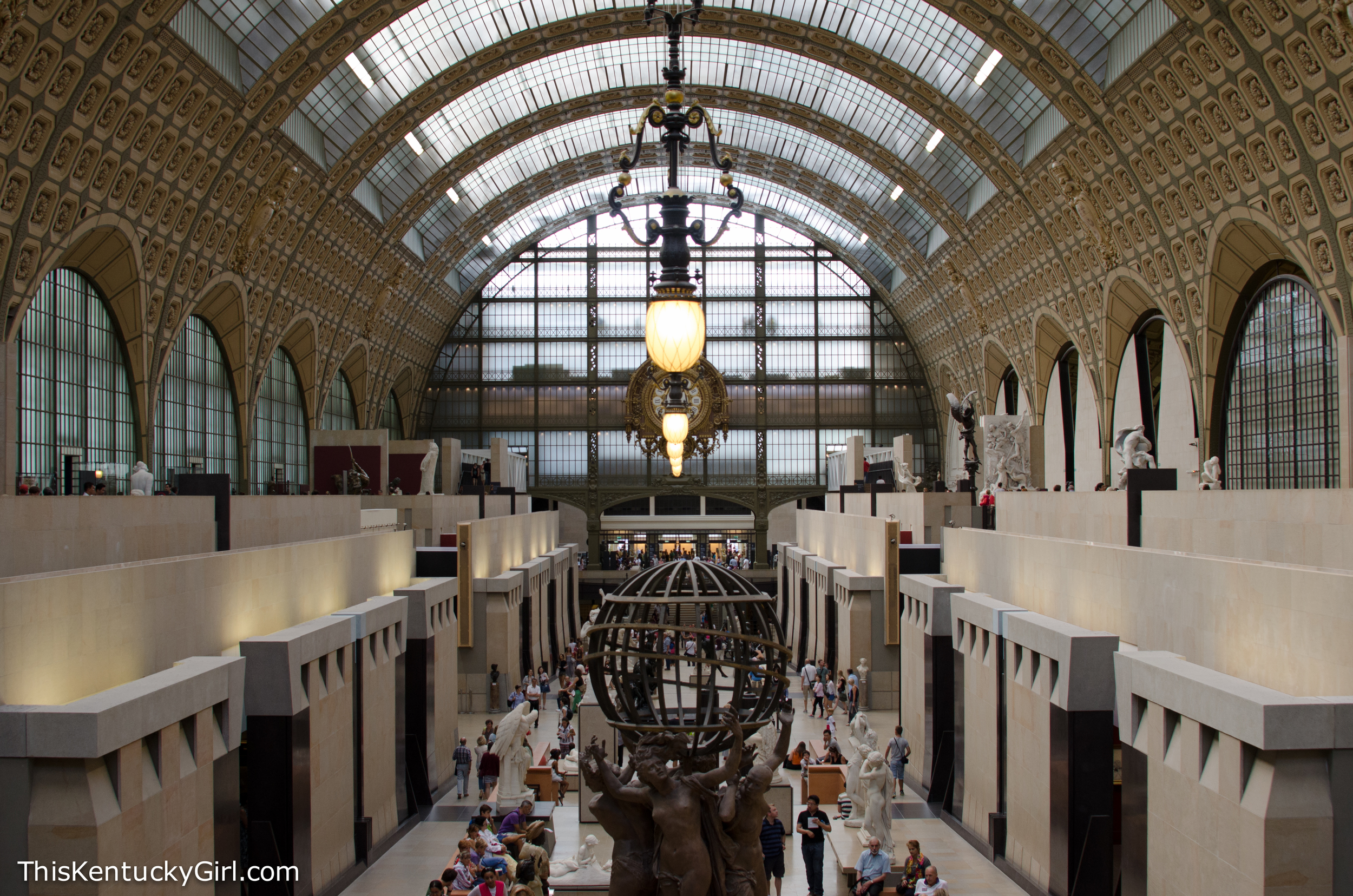
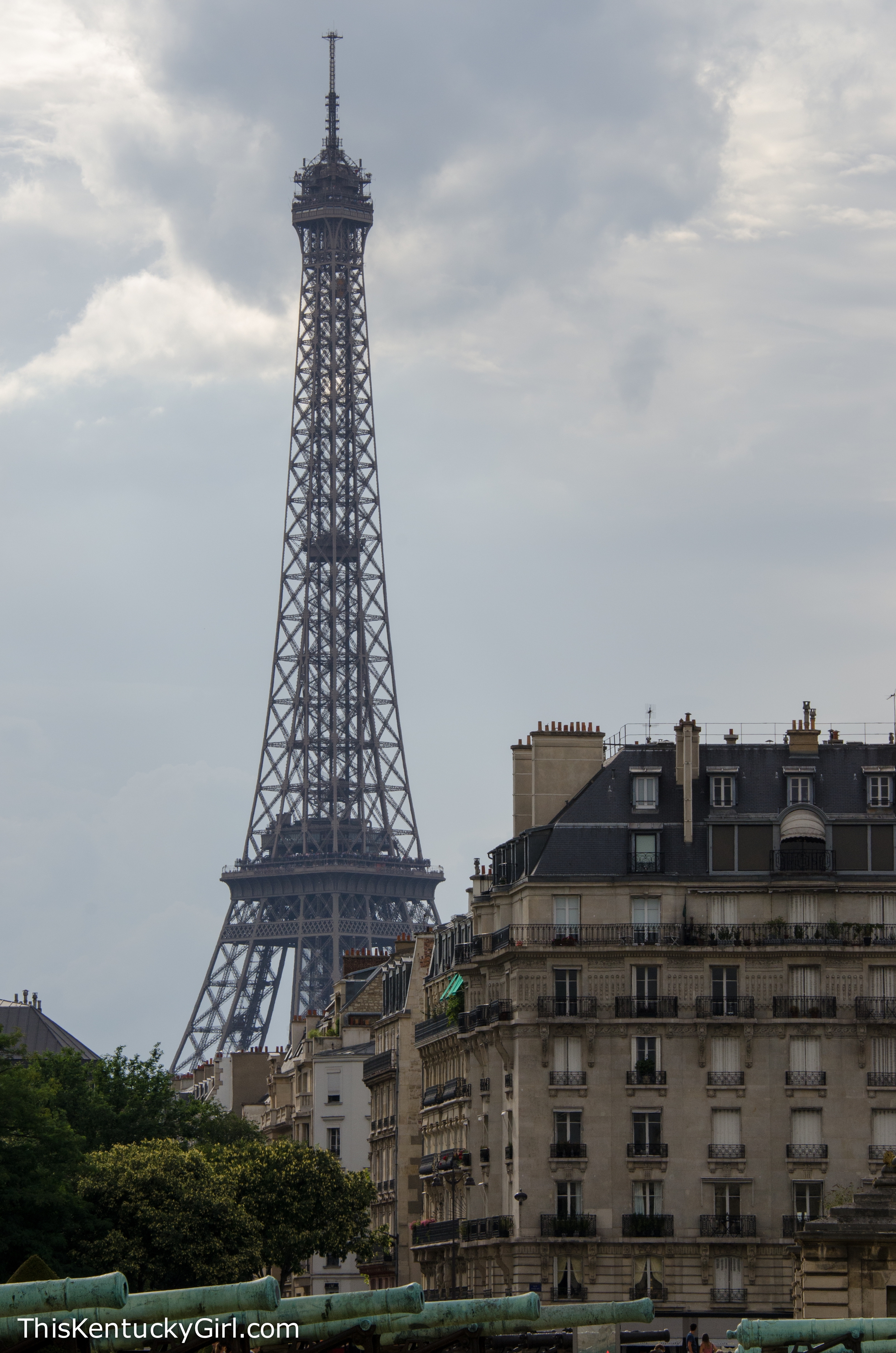
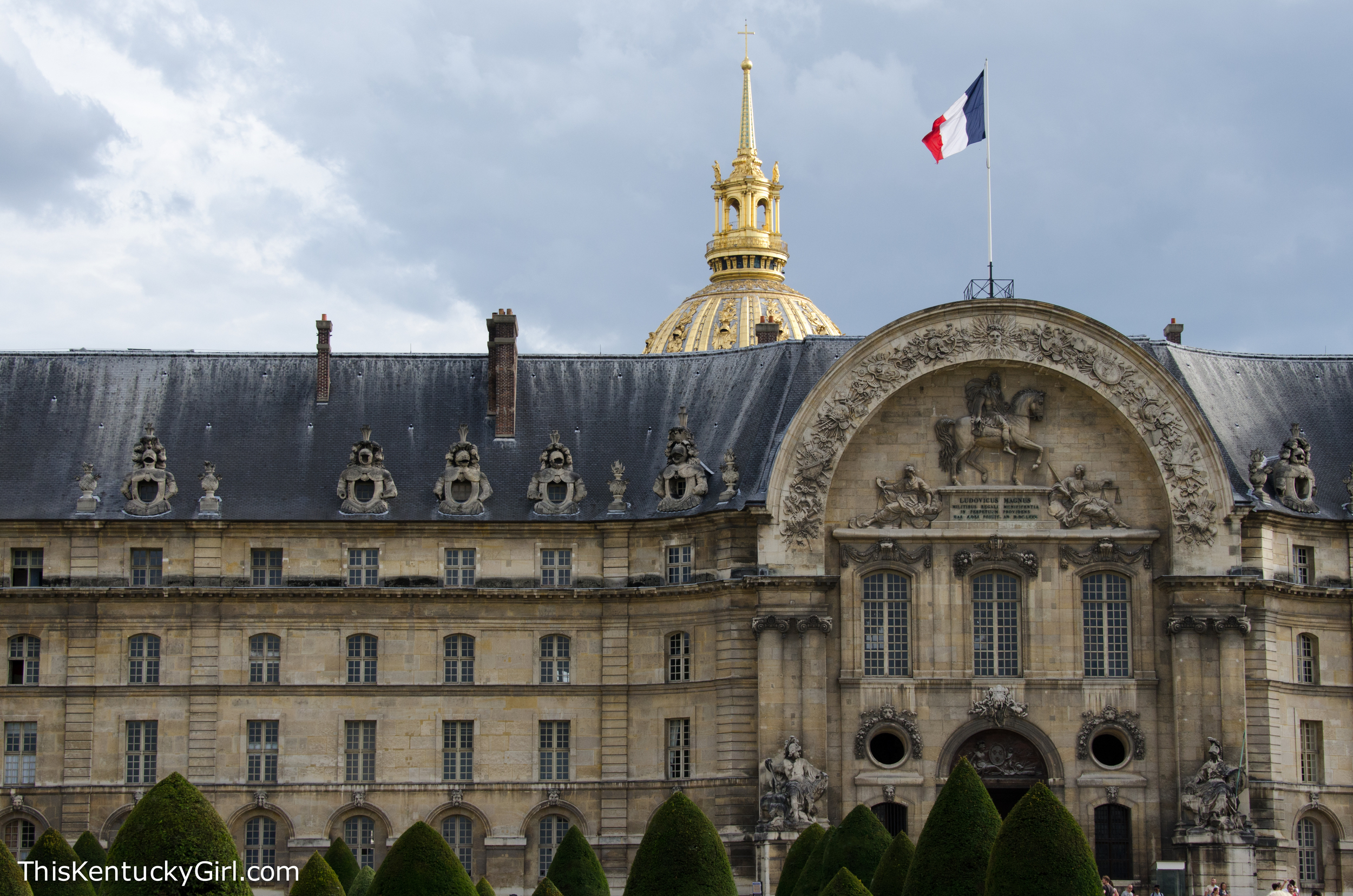
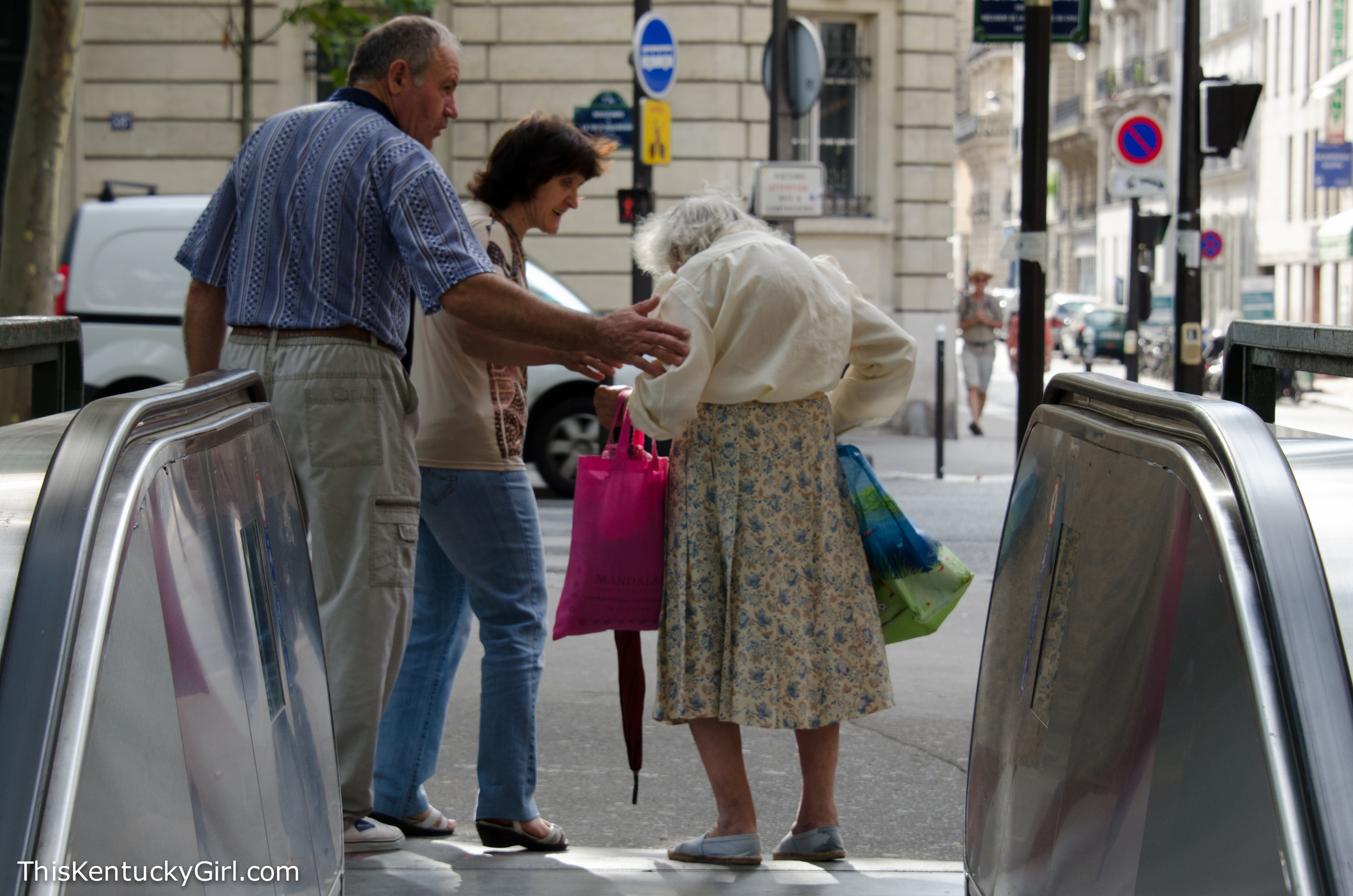
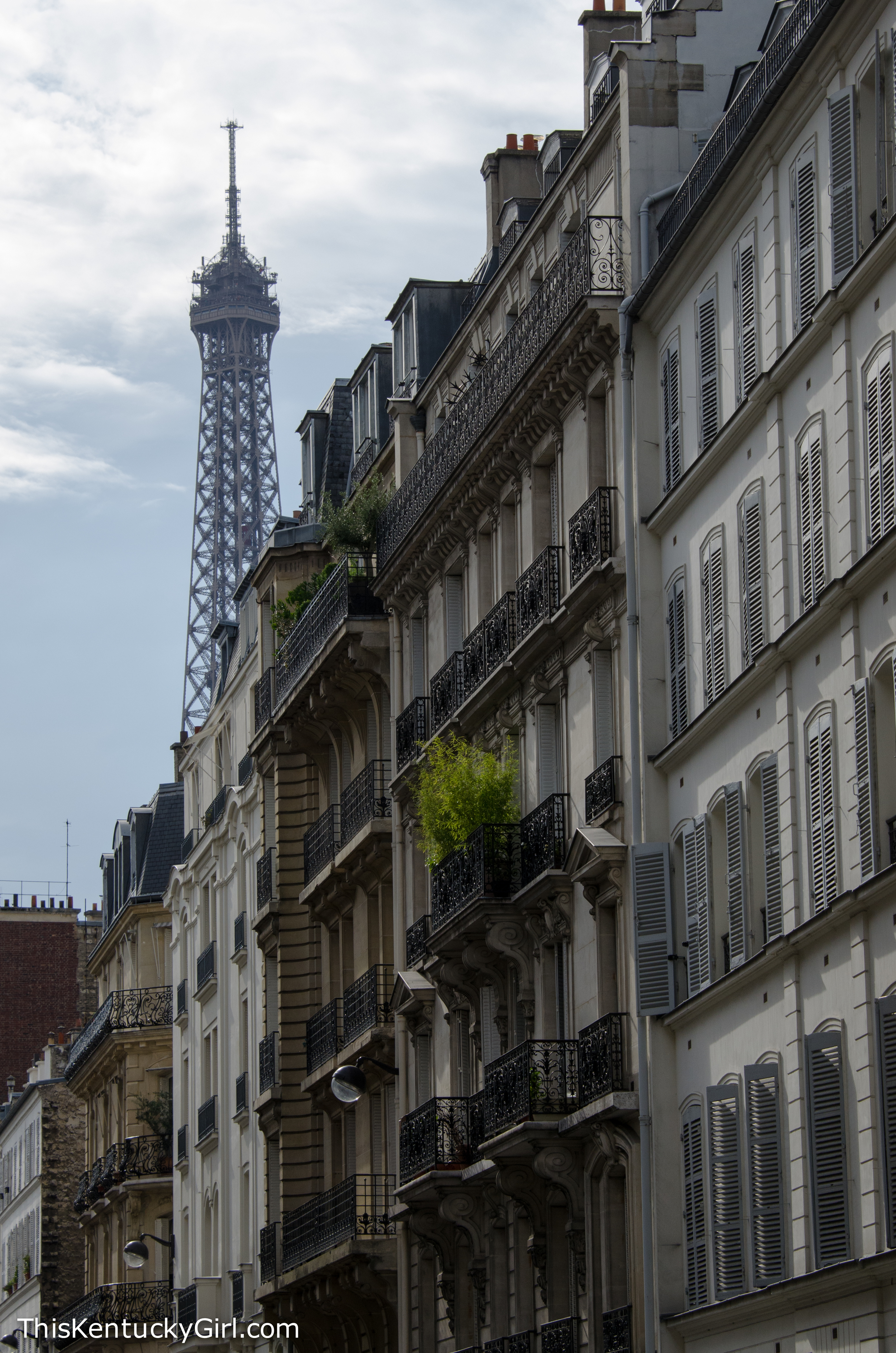
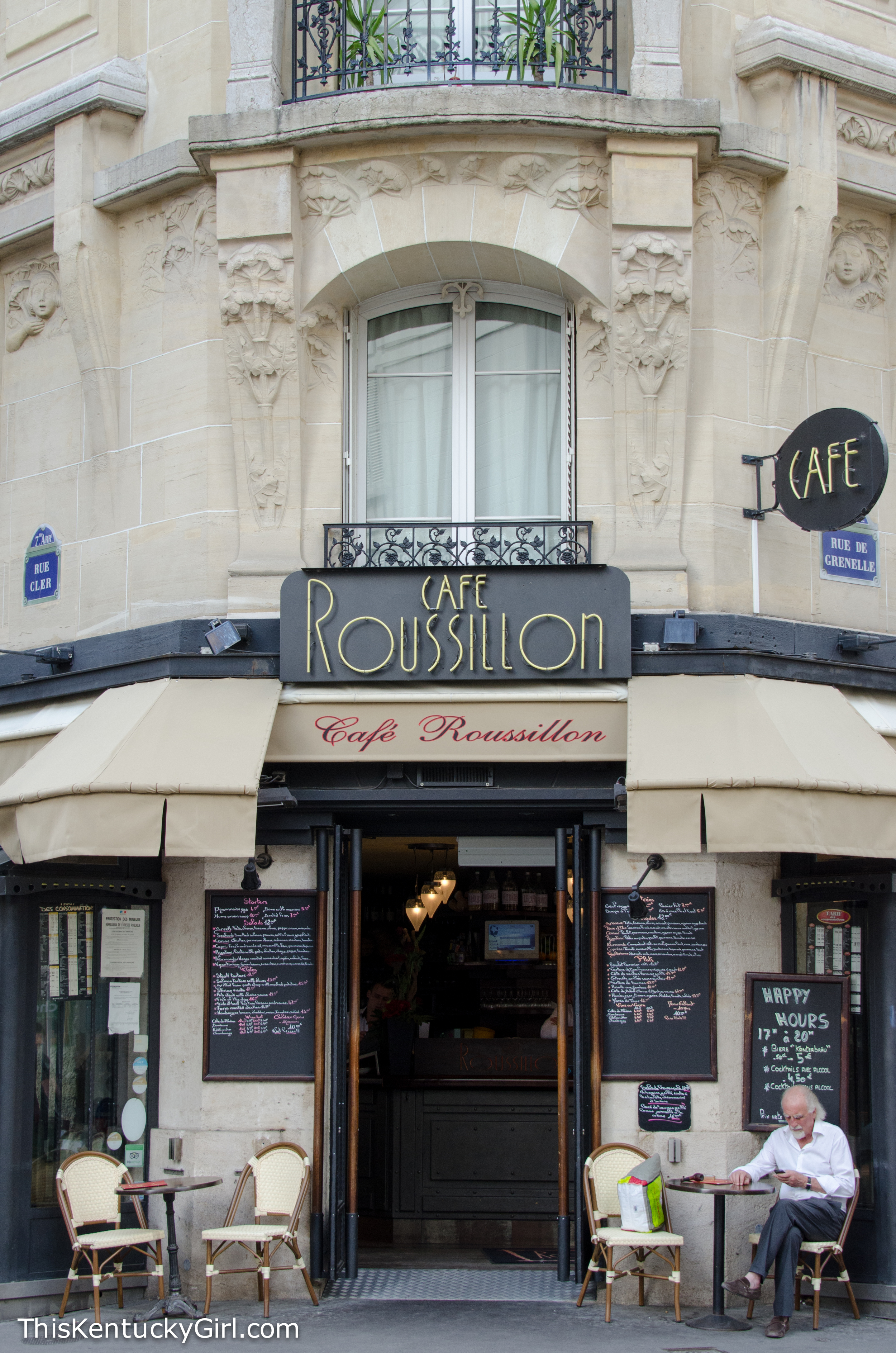
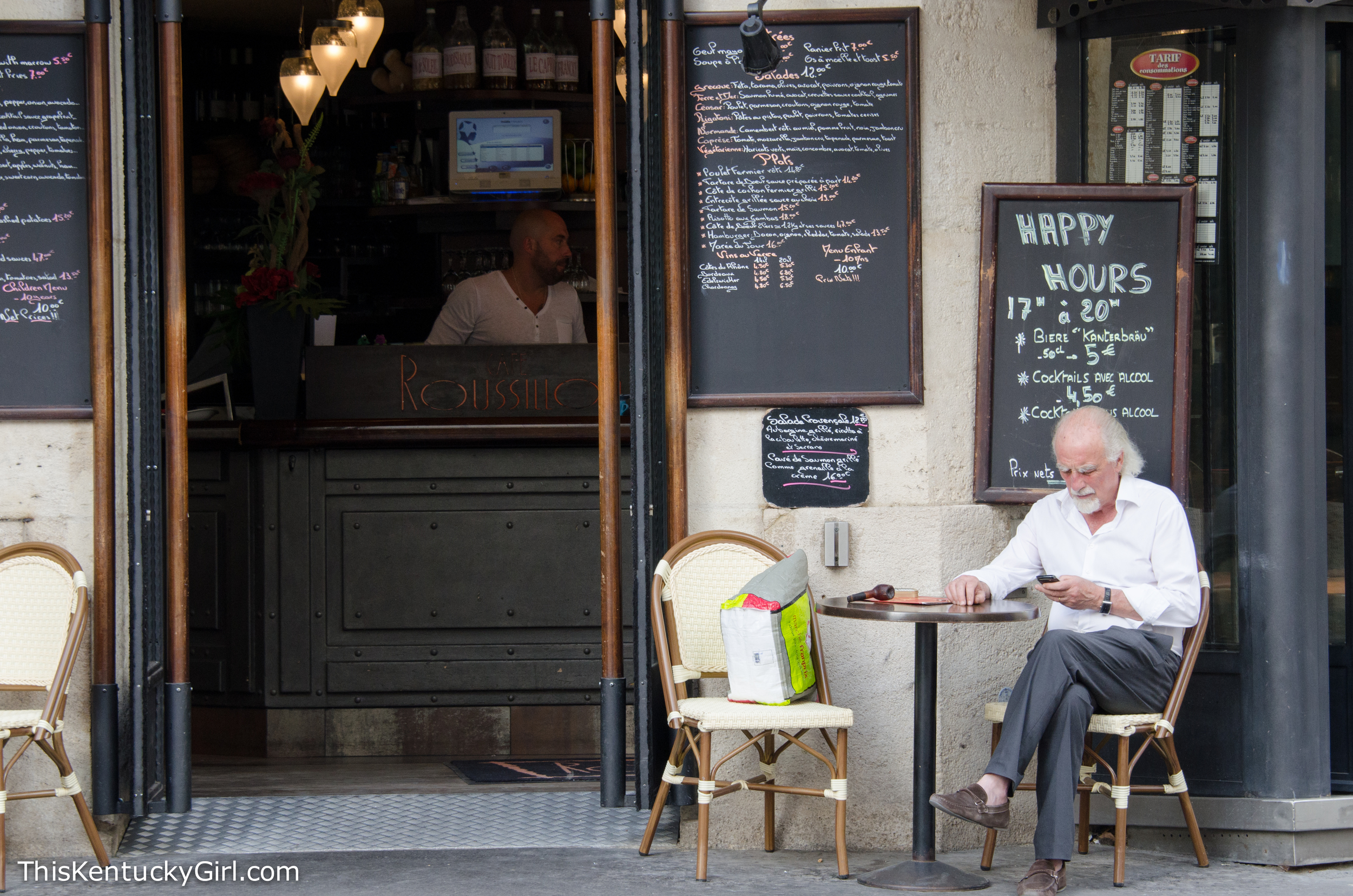
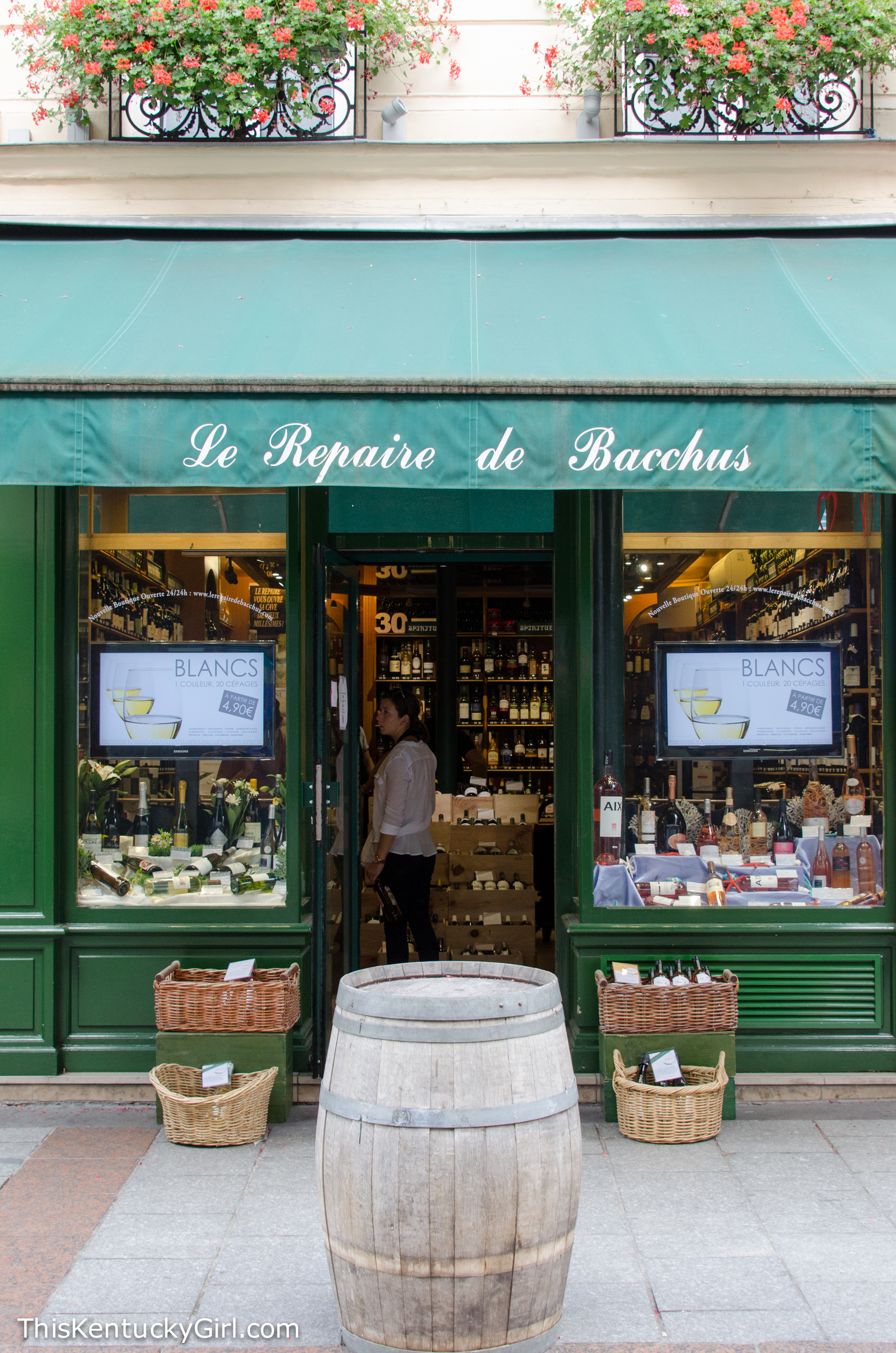
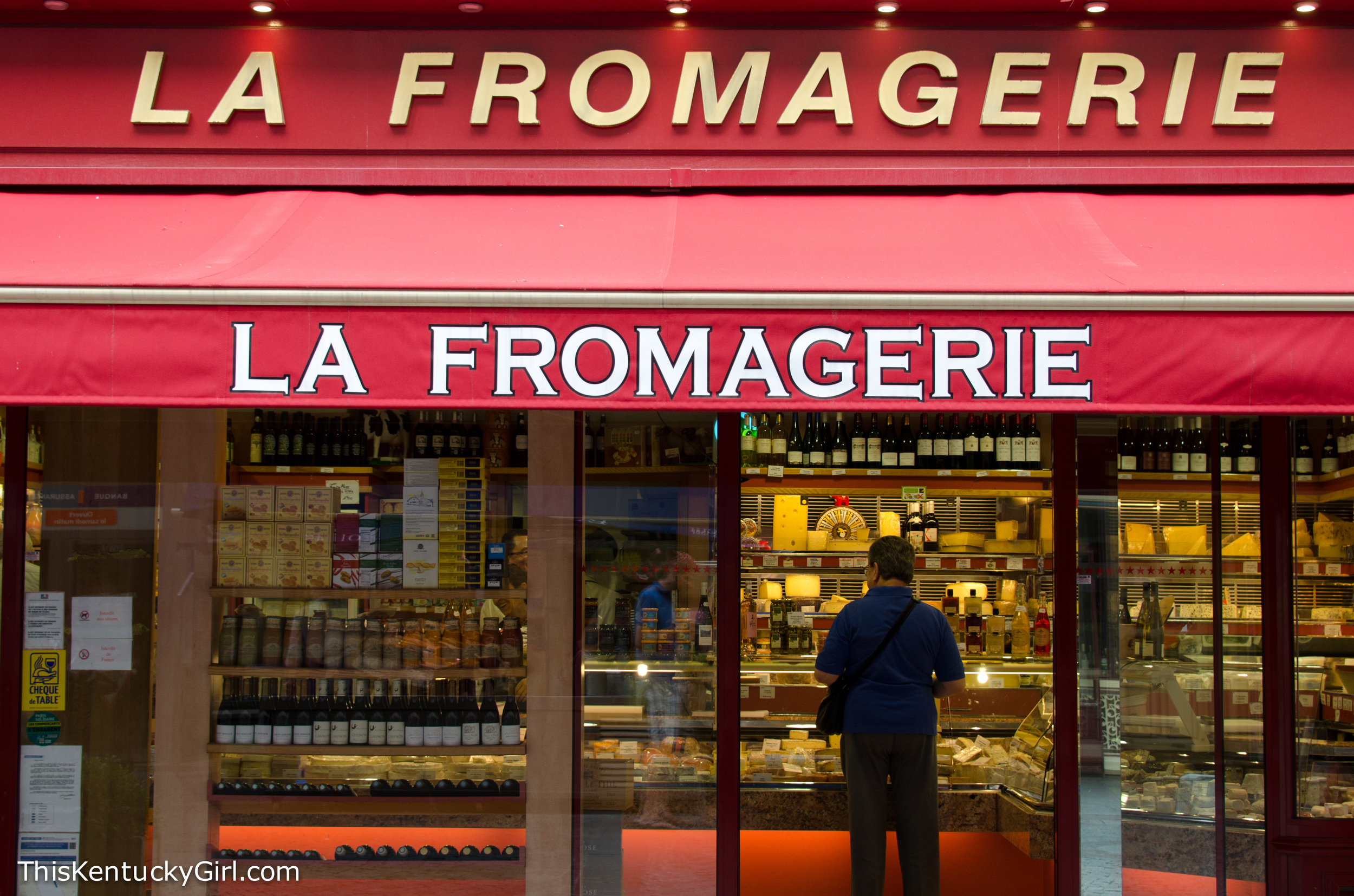
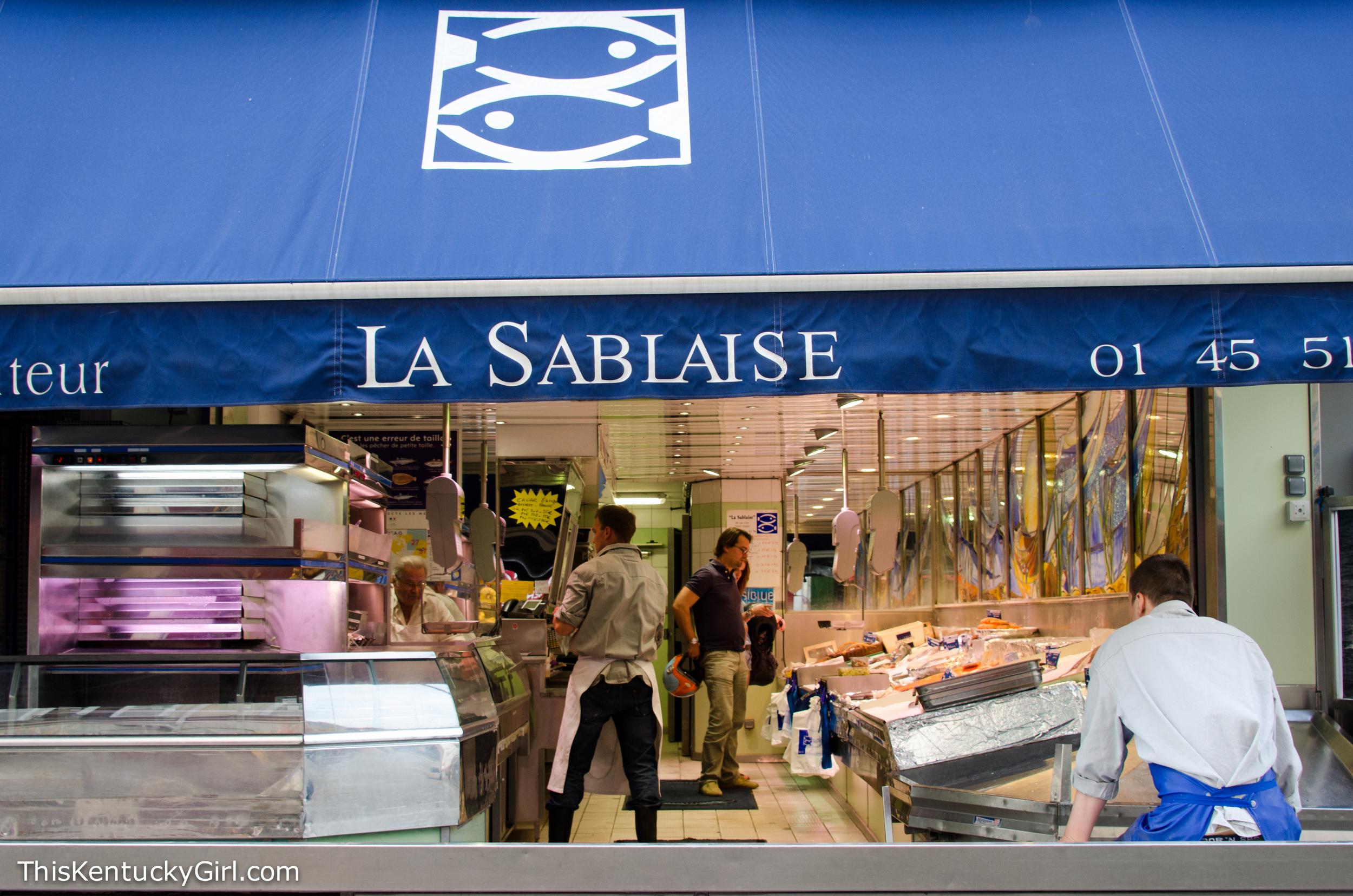
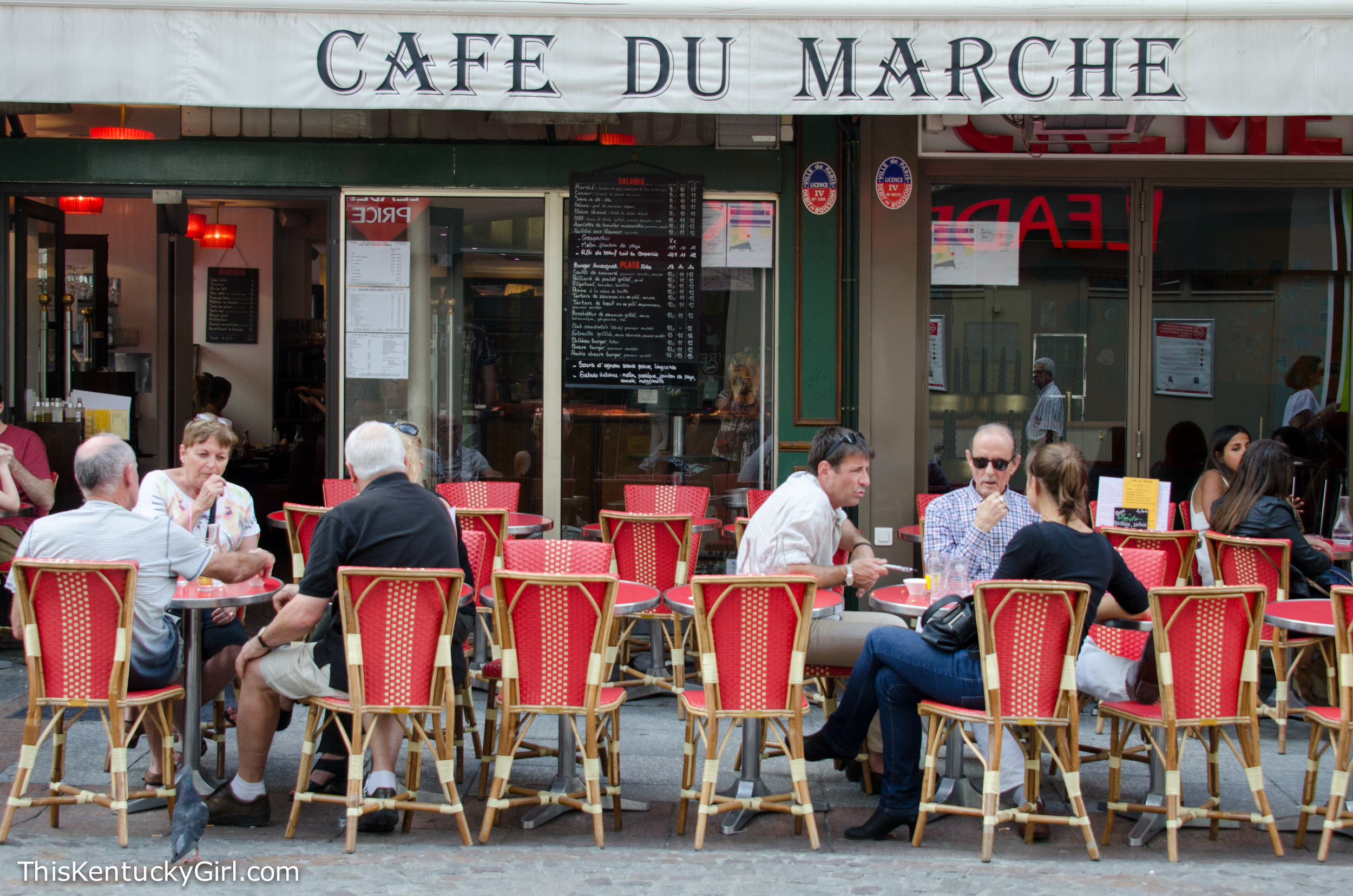
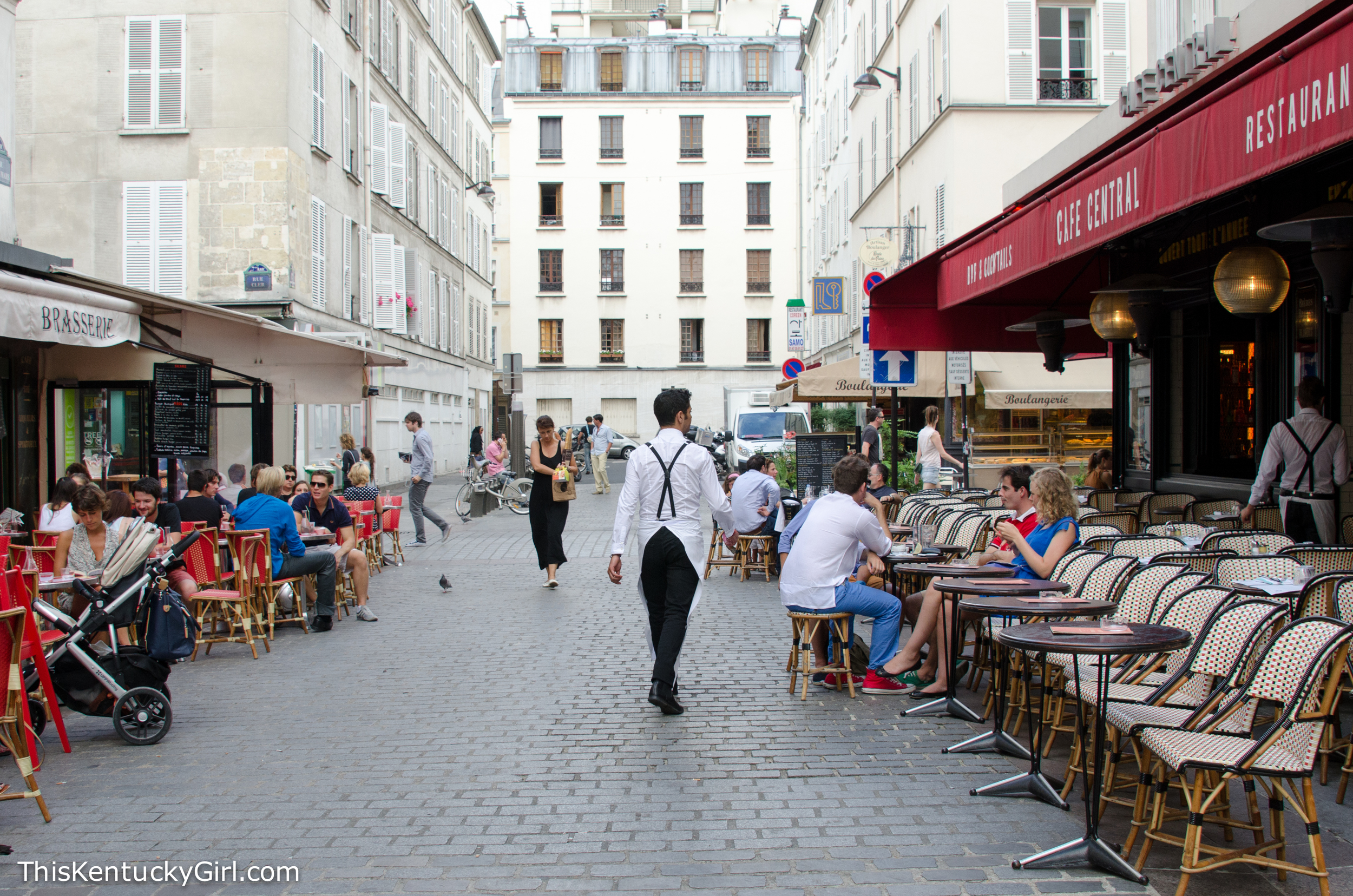


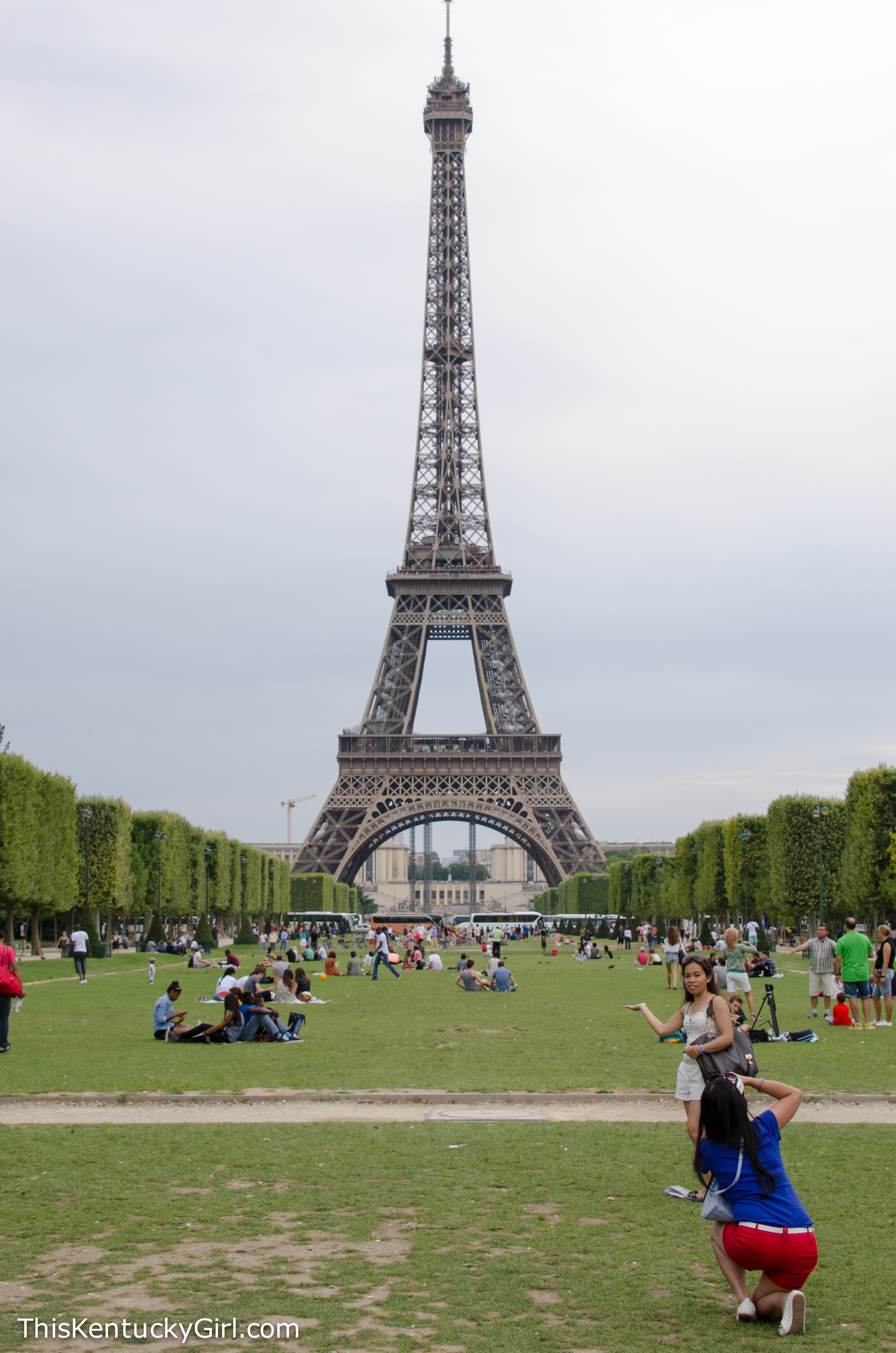
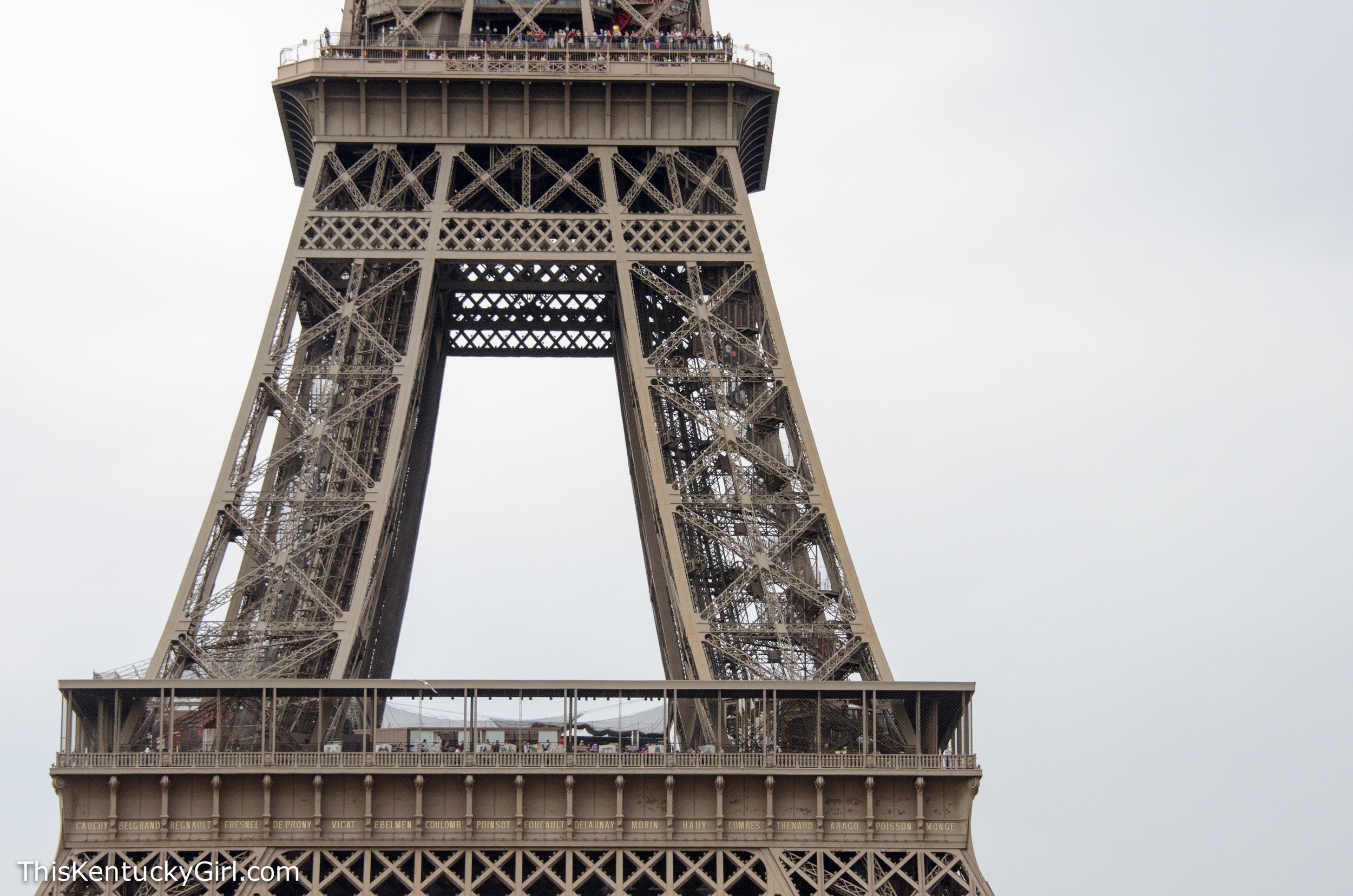
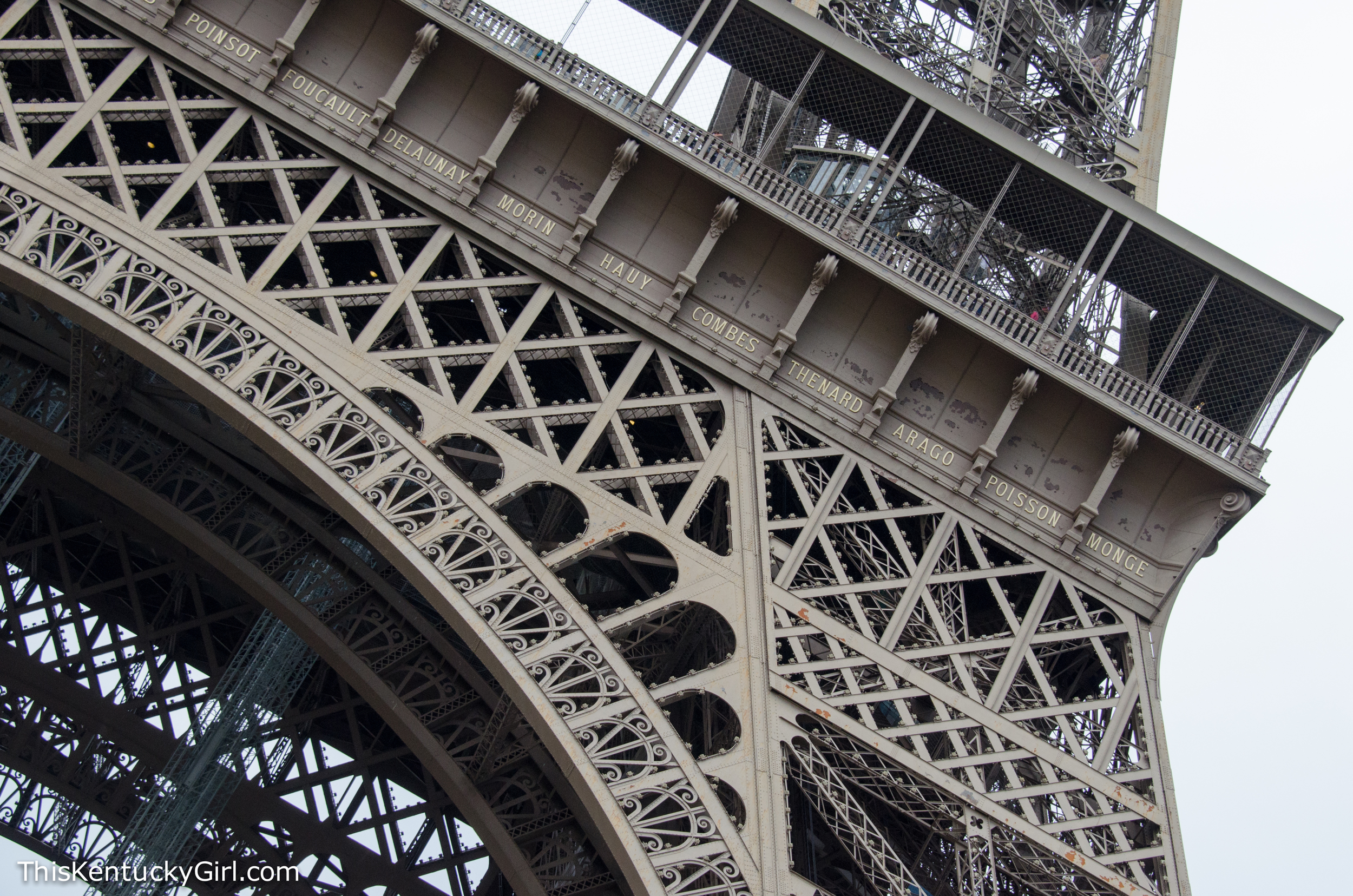
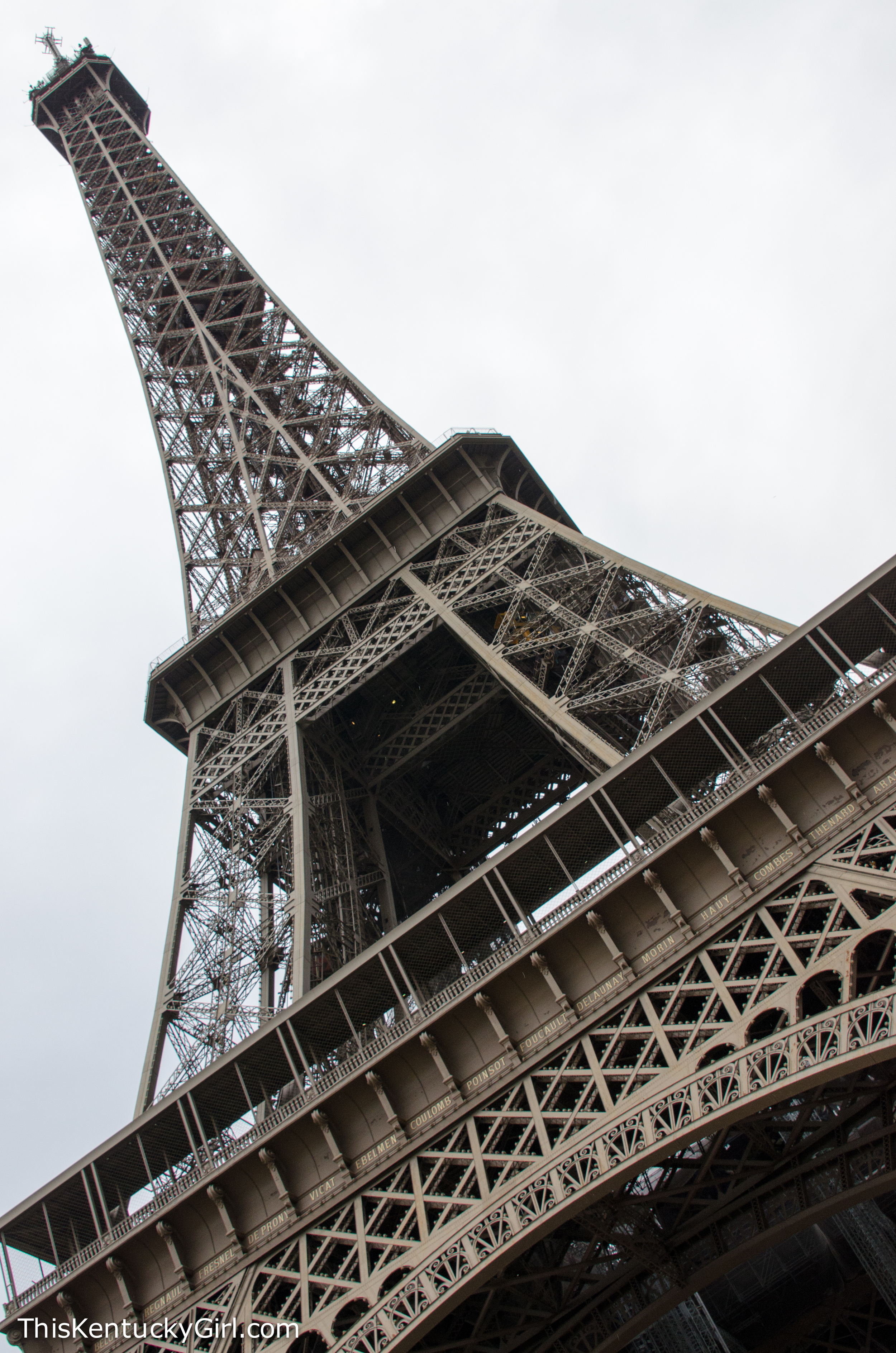
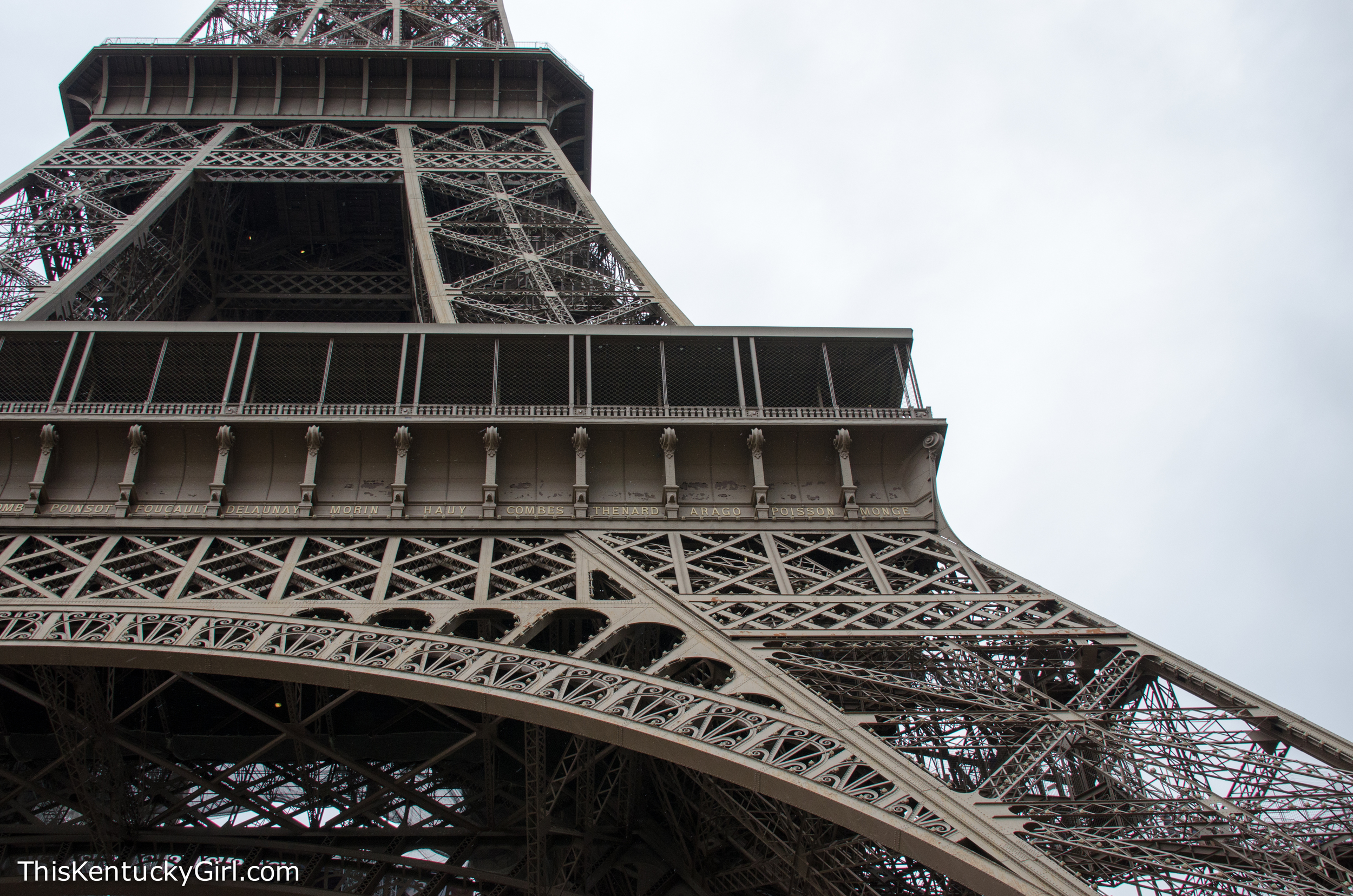
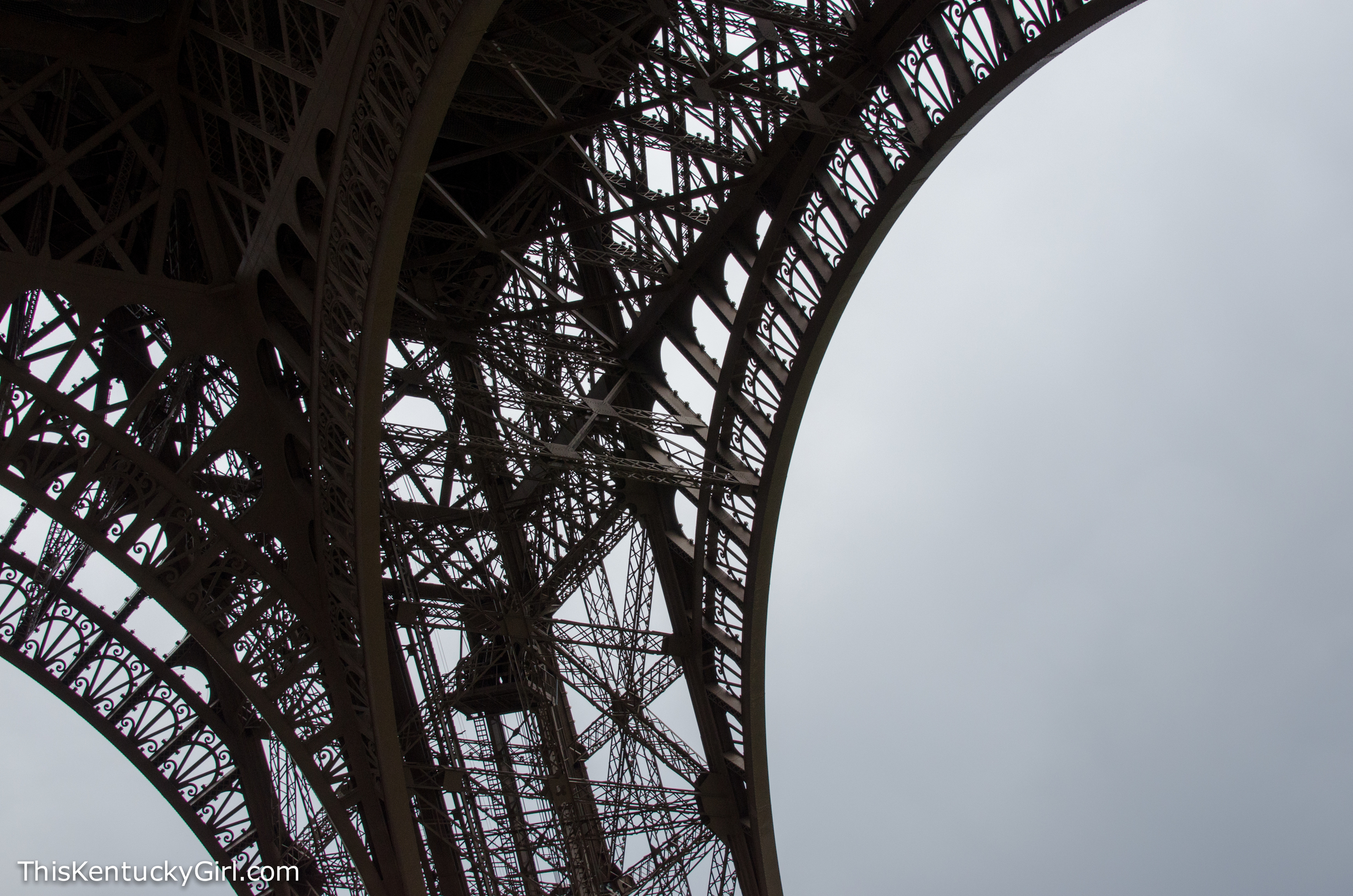
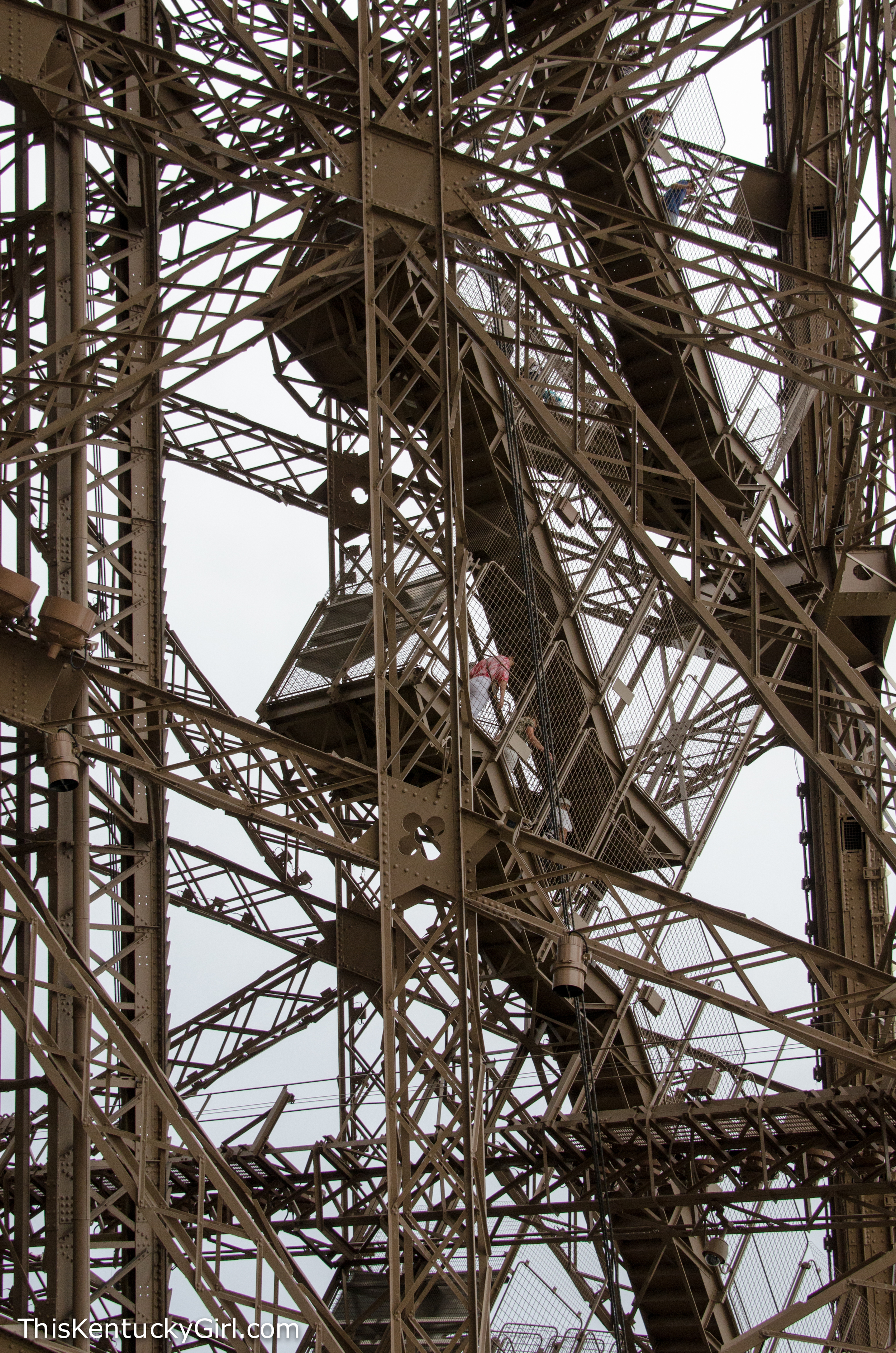
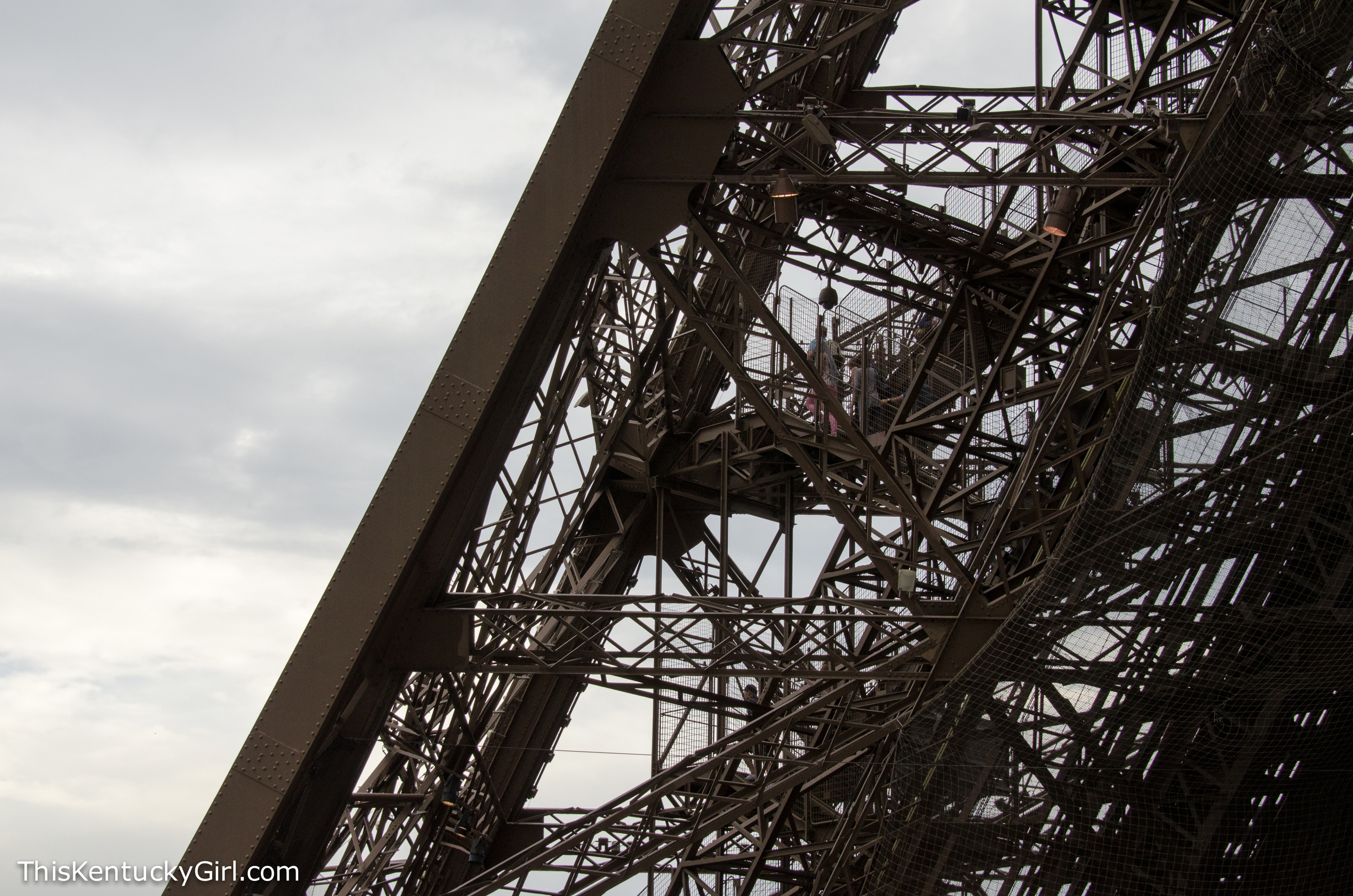
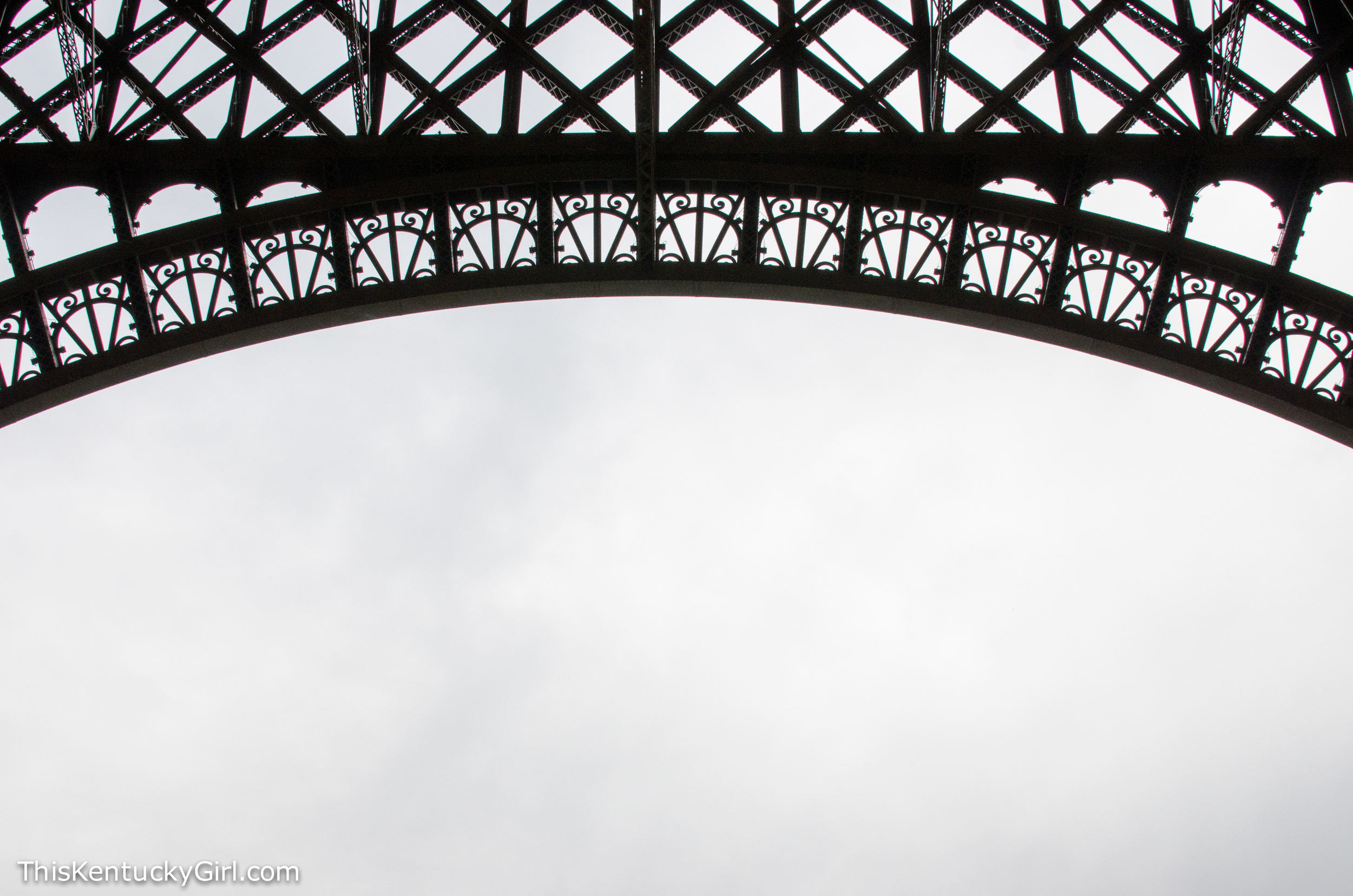
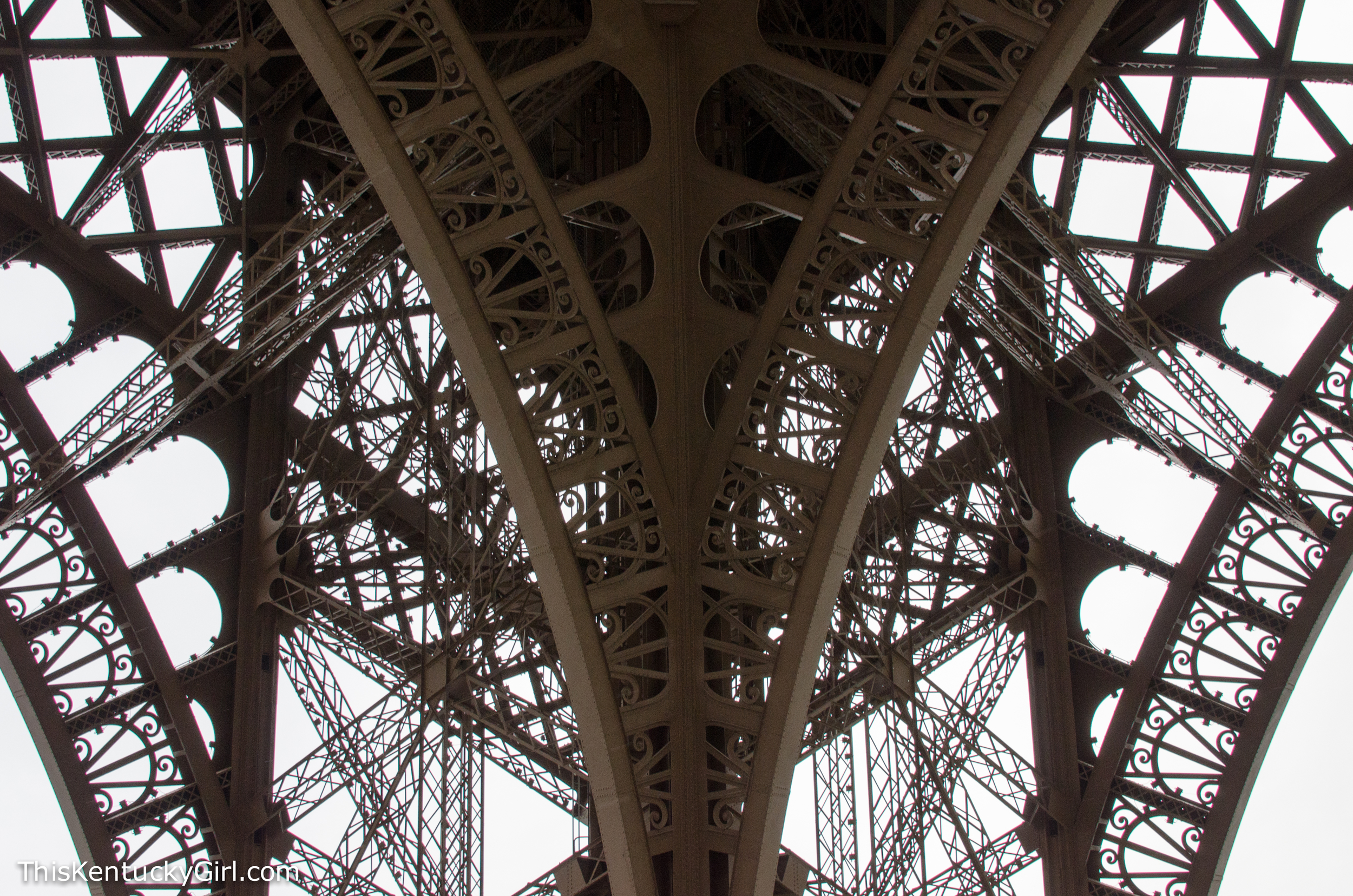
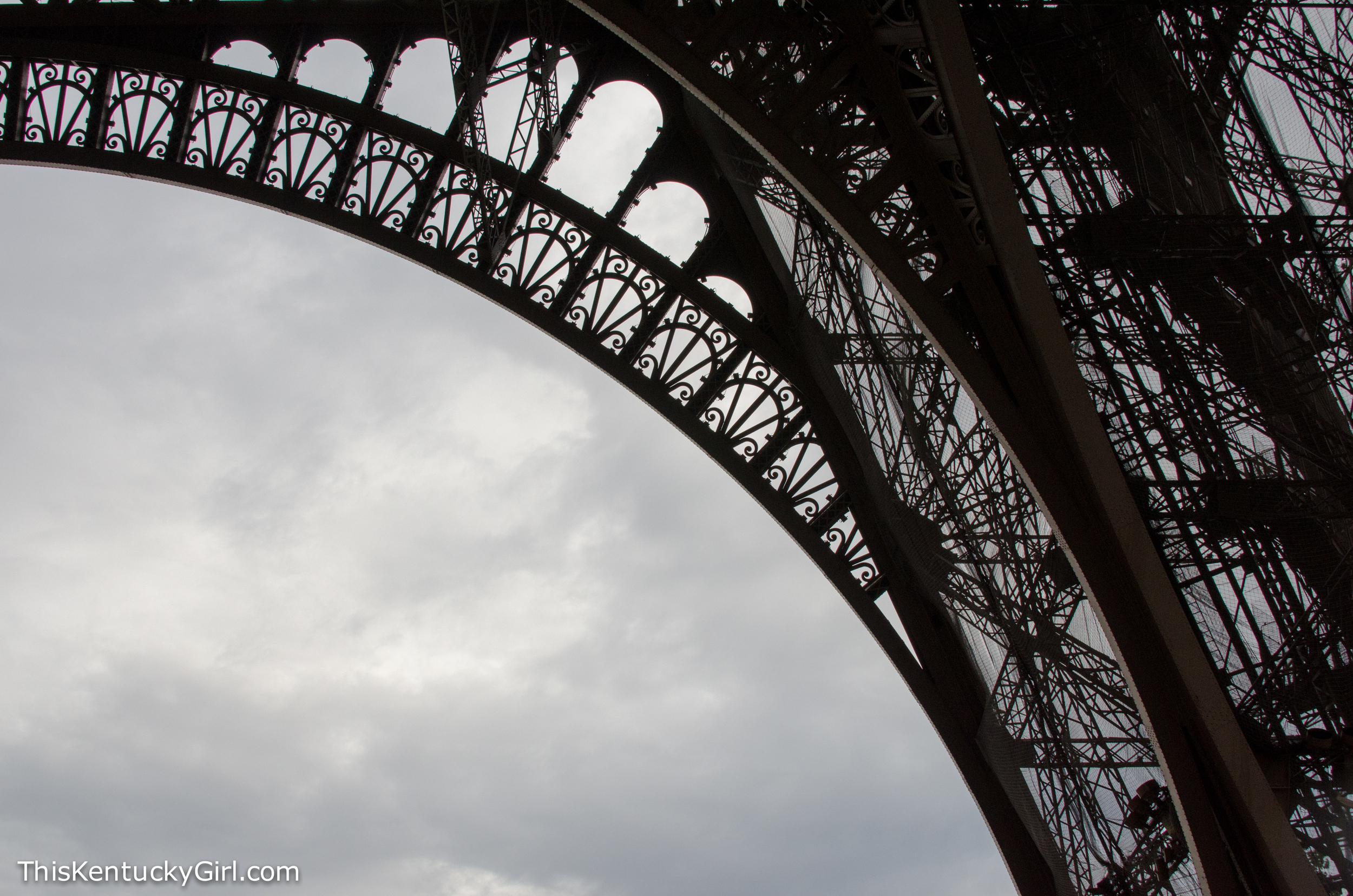
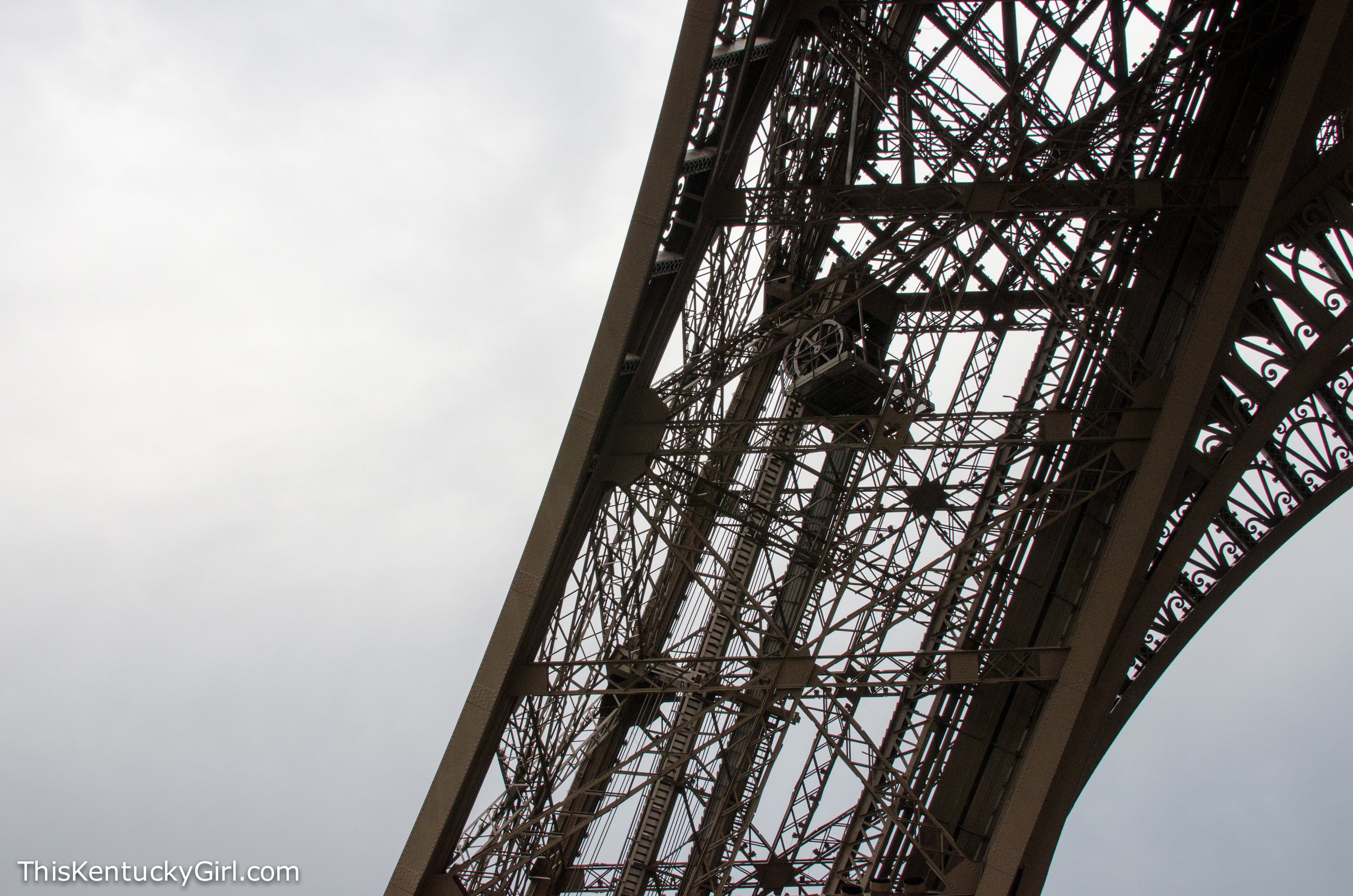
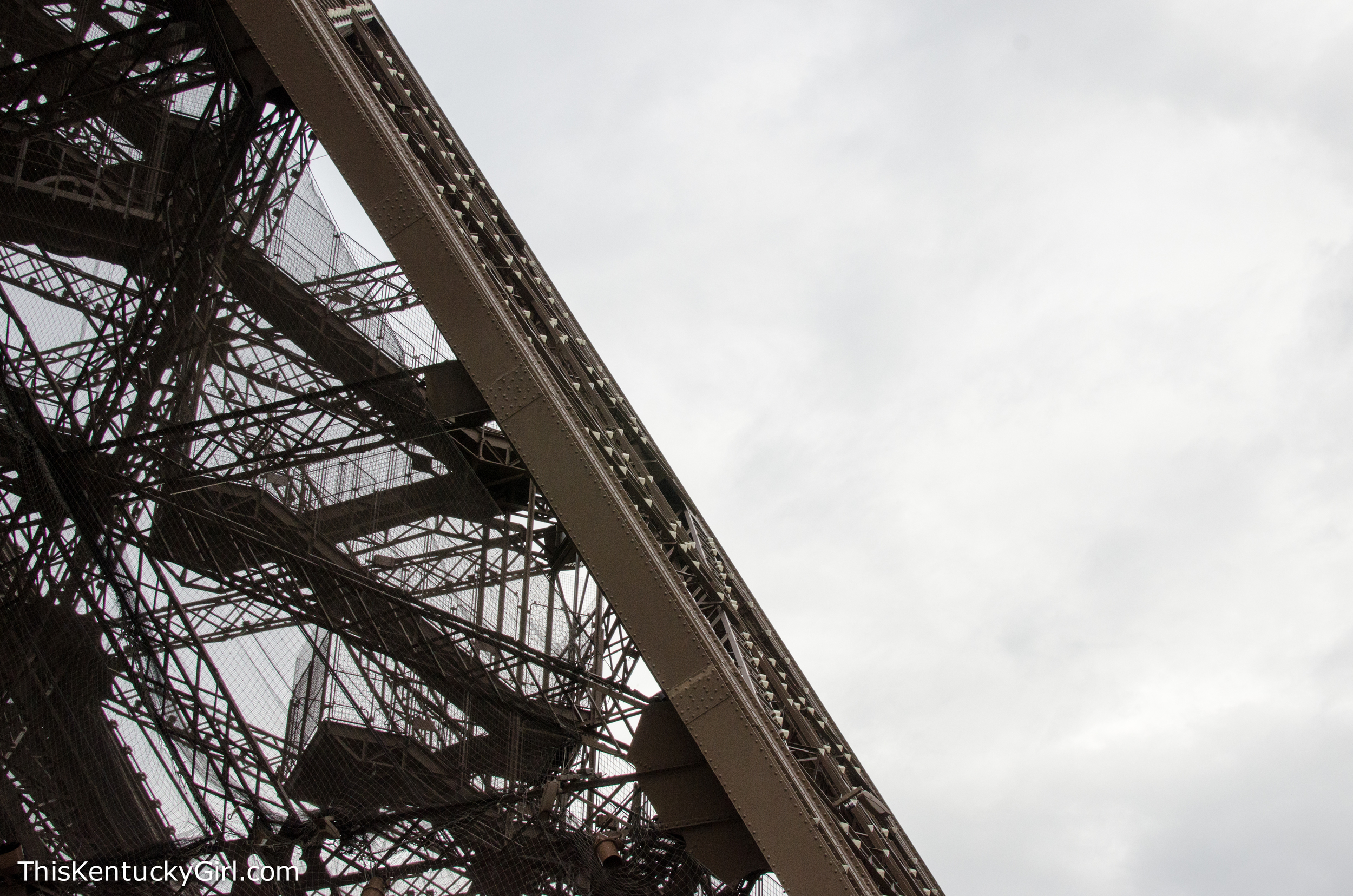
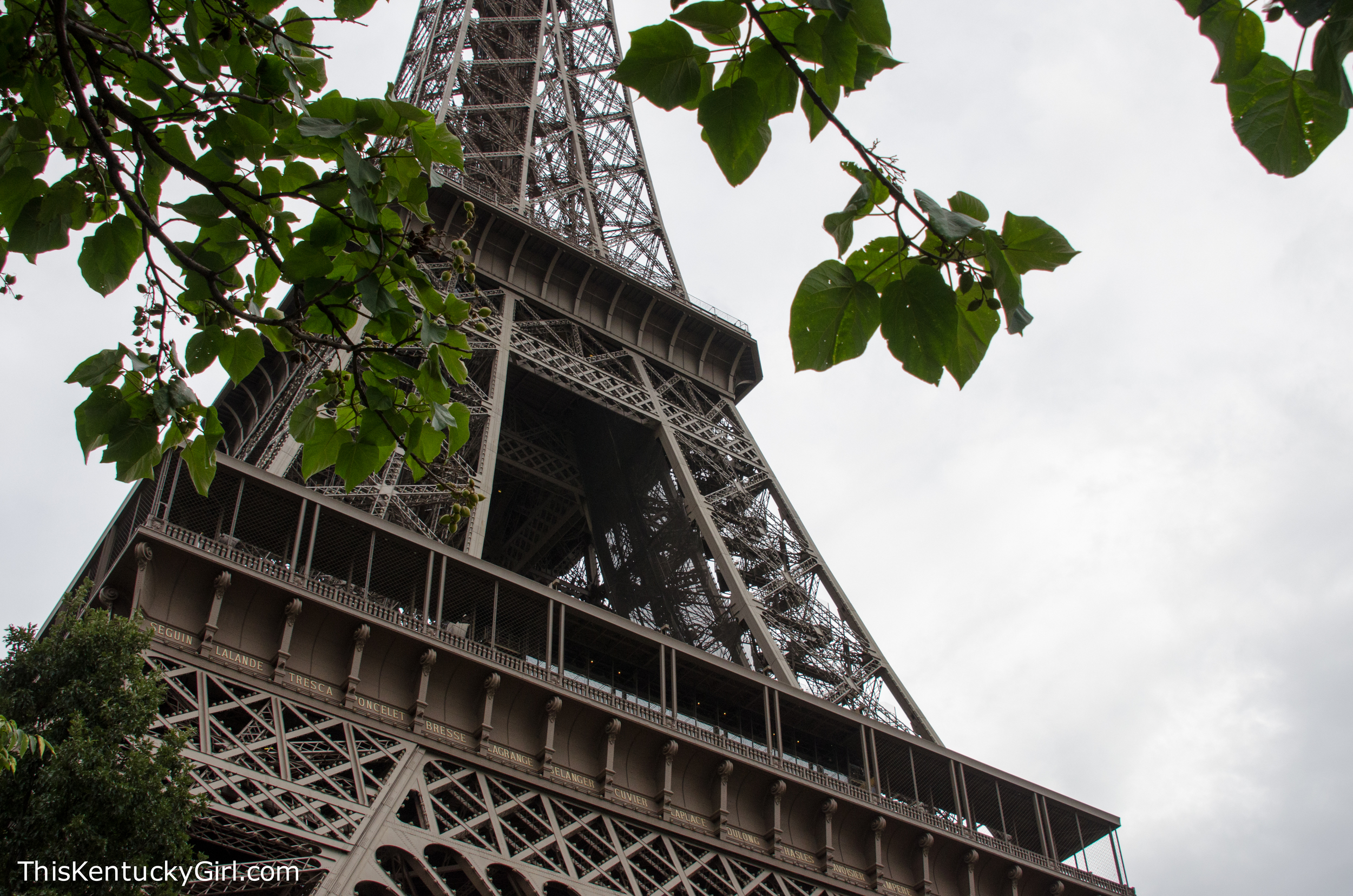
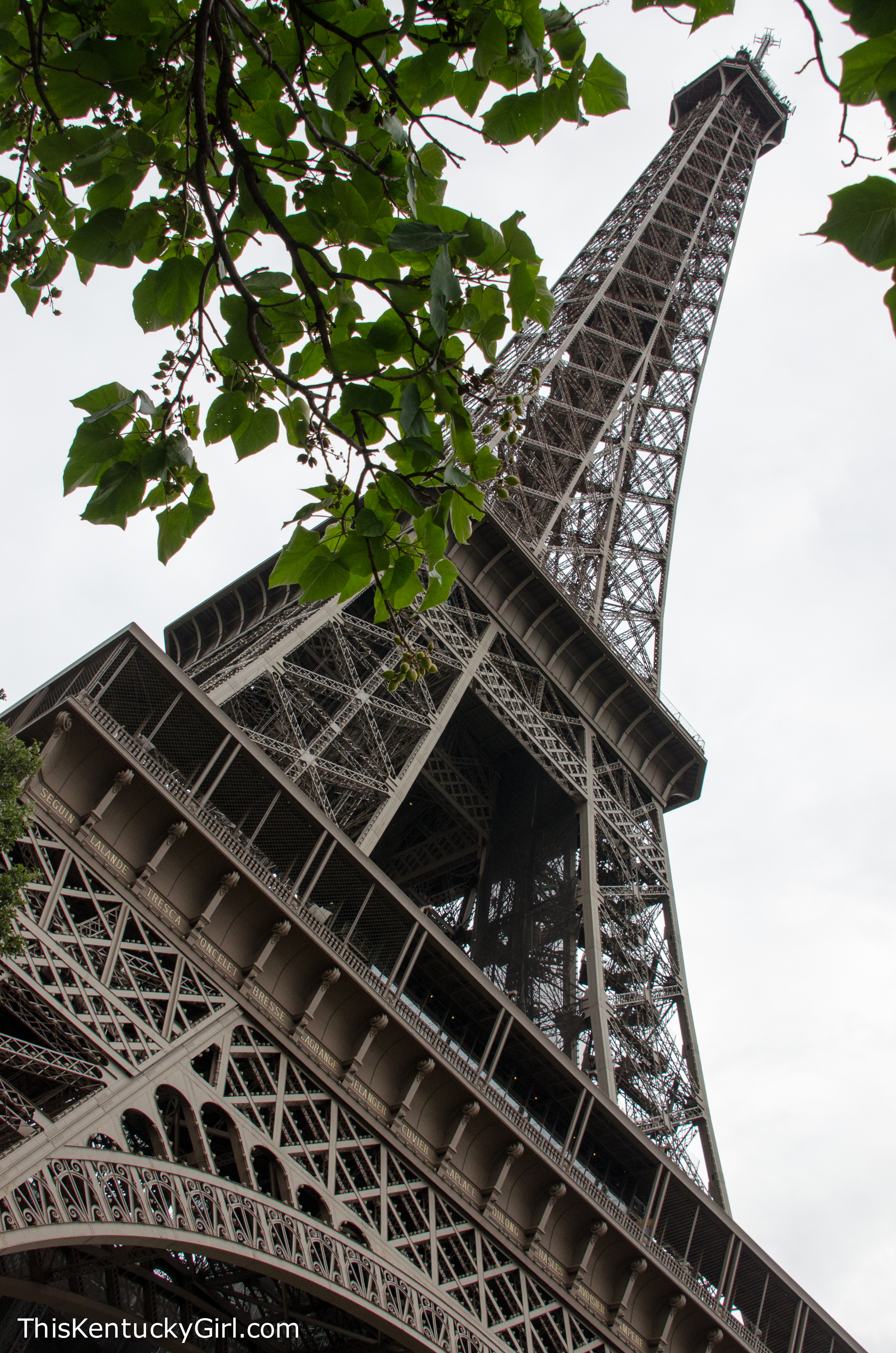
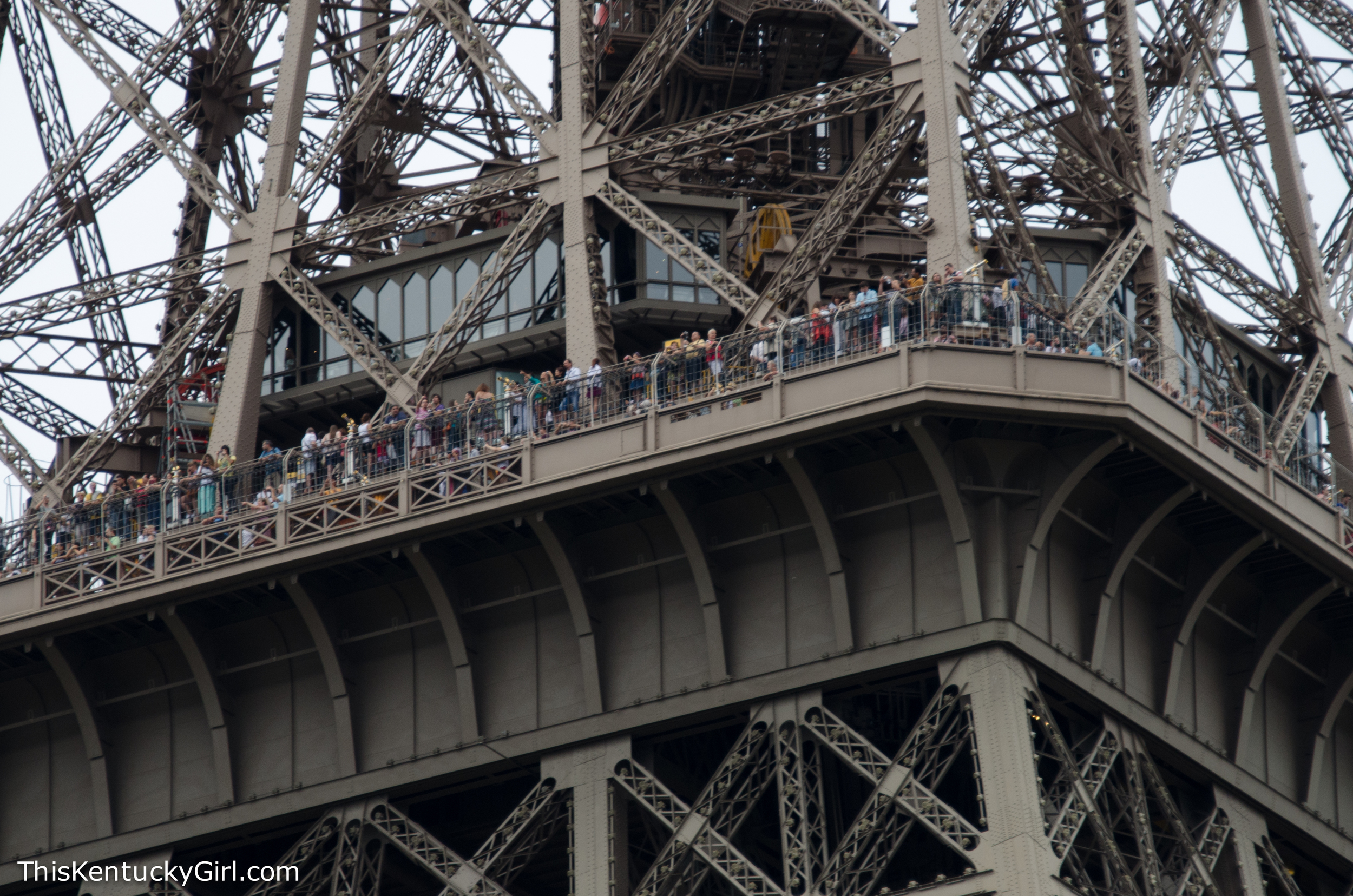
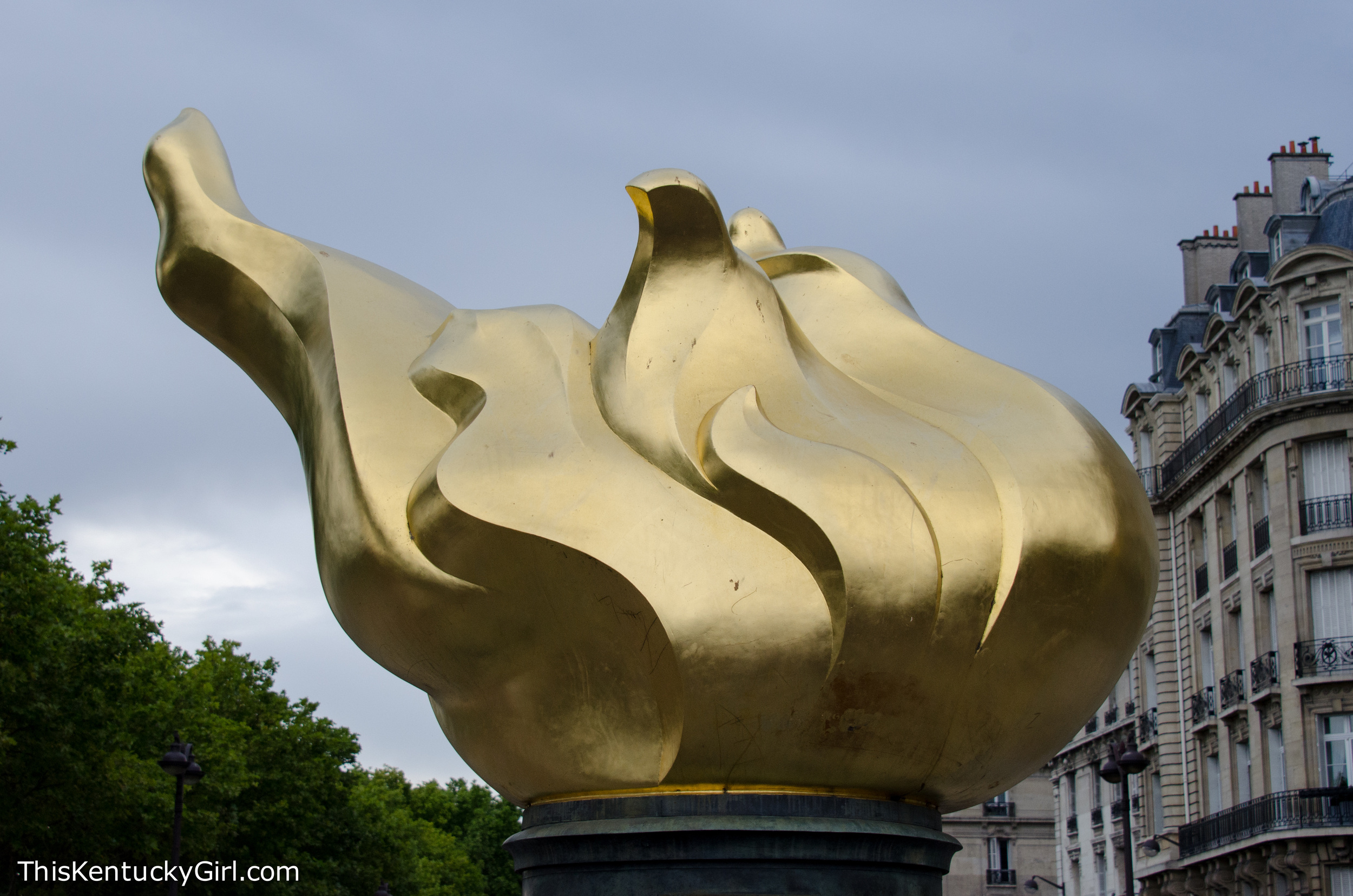
Museé D’Orsay is an art museum that displays collections from 1848 to 1914. But it wasn’t always a museum. Before the 1900 World Fair, the French Government gave land to the Orleans Railroad Company. The Company in turn, decided to build a new railway station where a palace once stood, also named D’Orsay. (Quelle surprise!) Because the location was somewhat in between the Louvre and the Palais de la Légion d’honneur, all involved wanted a station that complimented its surroundings.
Architect Victor Laloux won a competition to design/build the Gare D’Orsay in 1898 and it was completed in time for the World Fair in 1900! The station was in operation for 39 years until the platforms had become too short for the newer, longer trains. A couple years later, a hotel complex threatened to destroy the old station until the Museums of France decided to instead, turn the station into a museum. In 1978, the building was declared a historical monument and it was commissioned to be a museum. In 1986, President Mitterrand inaugurated the museum and it was opened a week later on December 9th.
While I love the impressionist collection the most – and the Opera exhibition as well – I continue to find the history of the building itself (especially the old clocks) more fascinating and worthy of a visit. Andrew asked if this station was where Hugo was filmed, I assured him (wink wink) it was. Please don’t tell him otherwise.
On the top floor, you can enjoy lunch or dinner in a small restaurant in front of one of the huge intact clocks before stepping outside on a balcony overlooking the Seine, the Tuilleries, and even Sacre Cour in the distance.
After the Impressionist collection, you exit the wing facing another giant intact clock. In other words, my absolute favorite part of the museum. If you wait long enough other tourists with cameras will clear out and you’ll be able to get a picture without any of them in front of the clock. I couldn’t resist this ajjumma (older Korean woman- in a visor nonetheless) and her daughter in front of the scene though!
It’s huge, as you can see, and worthy of an entire afternoon. The beauty, however, of revisiting museums in Paris is not feeling the need to see absolutely every work of art inside. We saw what we wanted to see, and after a couple of hours, we made our way out satisfied with our visit and less stressed than most who try to speed through in order to see it all!
We made our way over to Rue Cler, passing Les Invalides, at which point I declared to Andrew that it was one museum I refused to walk through again. I went with my Mom a few years ago, and military museums, even if it includes Napoleon Bonaparte’s tomb, are not for me. If you’re into history. war. armies. Check it out. Otherwise, keep walking (like we did) and head to Rue Cler, or the Eiffel Tower instead!
Rue Cler, was a result of my recent Google search for what to do in Paris. Like I said before, I wanted to mix as many new things into our itinerary as possible, so when I found a Rick Steves’ article all about Rue Cler, I thought it would be fun to walk through! We weren’t the only ones, as I saw others with laminated Rick Steves’ Guidebooks stopping in front of the same stores we were stopping in front of, reading the description. It was fun and felt like we were on our own walking tour, one that we could easily pop in and out of shops for fresh veggies (i.e. more avocado) and fresh pastries and a baguette for dinner later! I’ll let the pictures do the talking, and if you’d like to read more information about each shop or the street itself, click on the link above and read what Rick Steves has to say about it!
And then, only a few blocks away, we found ourselves standing in front of La Tour Eiffel. In English, obviously, The Eiffel Tower. We stopped to take pictures, we sat to eat our apple tart, and when we were too chilled to linger longer, we started walking closer arriving underneath the tower just as it started sprinkling rain down over the lines and lines of people winding around the bottom of the tower waiting for their turn to see the view from the top. I was grateful Andrew didn’t care to go up the tower, and instead we entertained ourselves photographing the tower from below.
I know, it’s probably overload, but I couldn’t help taking advantage of my zoom and getting some closeup photos. With the overcast sky, I’m sure they’ll look better in black and white, but that additional editing will probably happen when I get myself more in order and put images up for sale!
While walking back “home” we passed the Liberty Flame practically in the middle of a large intersection on the other side of the Seine. According to the plaque at the base of the sculpture, “The Flame of Liberty. An exact replica of the Statue of Liberty’s flame offered to the people of France by donors throughout the world as a symbol of the Franco-American friendship. On the occasion of the centennial of the International Herald Tribune. Paris 1887-1987.”According to one reviewer on Trip Advisor, it stands at the entrance of the tunnel that Lady Diana died. I’m not entirely sure of that fact, but it does make for some interesting speculation regardless.
